LCL or FCL - Which is Right for Your Cargo?
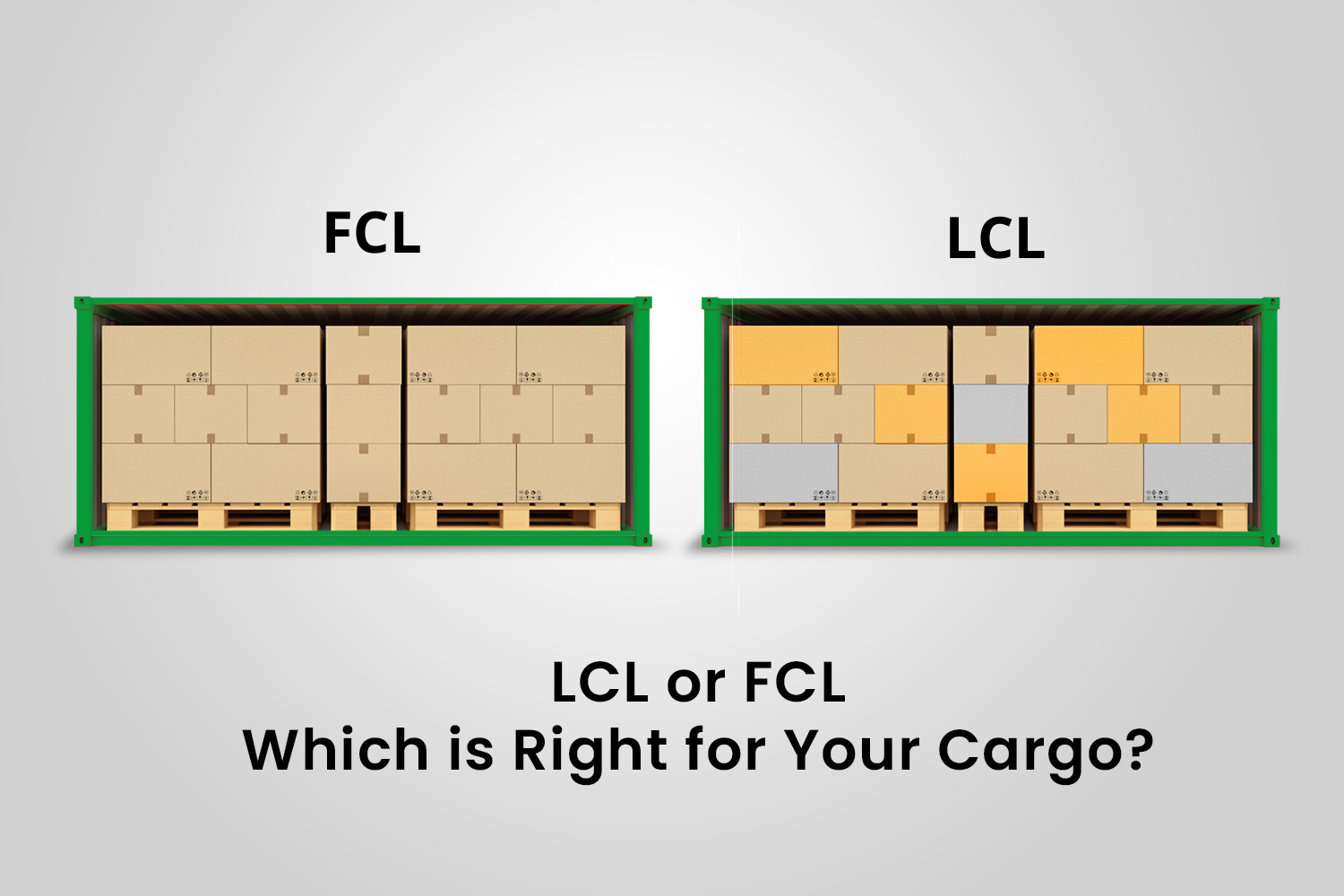
FCL and LCL are two common shipping terminologies used in international trade's export and import trade. What exactly does LCL stand for? What is FCL? How do they both differ from one another?
What are FCL and LCL?
FCL stands for full container load, which means the shipment or cargo takes up the entire container. The shipper owns the entire cargo of the container in this situation, and the container space is not shared with any other cargo.
LCL stands for less than container load. It refers to situations in which the cargo has small volume or dimensions and will not fill the entire container. The shipper can choose LCL in this instance, which combines their shipment with other smaller cargoes.
Difference between LCL and FCL
While deciding between LCL or FCL, which is right for your cargo- there are more things to consider. Examine these factors before choosing LCL or FCL shipments for your cargo in ocean freight services.
Shipment's Volume
The volume of a shipment refers to the amount of space taken up by the cargo in the shipping container. It's often the most important factor in deciding whether to ship your cargo in an FCL or LCL container. For shipments of less than 13 cubic metres, an LCL shipment is usually the best option.
Shipment's weight
LCL
One tonne (1,000 lb) is the maximum weight per CBM. The chargeable weight will be based on the gross weight of the shipment weight exceeds the allowed load. (For example, if a 1 CBM load weighs 1,300 kg, the chargeable weight will be 1.3 CBM rather than 1 CBM.)
FCL
The maximum permitted weight varies by container size and is always displayed on the container as a reference. The maximum load varies depending on the country. The maximum payloads for the basic container sizes are listed below.
- 20’ – 18.6 tons
- 40’ and 40’ HC – 28.6 tons
Freight Cost
LCL is more expensive per unit of freight than FCL. This is because freight agents prefer a full container load because it is easier for them than working out how to pack many LCL shipments into a full container.
The price of a large LCL load equals the price of a 20' FCL container at a break-even point, which varies based on where you're shipping from and the present situation of the ocean freight market.
Read to know the pros and cons of LCL and FCL.
Urgency of Shipment
It's critical to plan ahead of time for a shipment, but things don't always go as planned, and circumstances may prevent it. Aside from costs, another element to consider when picking between FCL and LCL is how quickly your cargo needs to arrive.
For urgent shipments or shipments that must reach before a specific date, shipping FCL is usually the better option. For shipments with a wide range of arrival dates, LCL is preferable. LCL shipments, in addition to transshipments, are particularly prone to delays due to the many handlings they encounter during their route.
Security and Damages
In comparison to LCL, FCL is more secure. Because it undergoes significantly less handling than commodities sent via LCL, there is a lesser danger of damage, theft, or loss.
Trackability
The information available on the bill of lading can be used to track the vessel and container. However, tracking stops when the container arrives at the port or when the cargo is unloaded.
For FCL and LCL, the tracking is identical. The information included in the House Bill of Lading can be used to trace the vessel or container's whereabouts. Since the entire container is transported under the name of one consignee, FCL is significantly easier to follow than LCL. A shipping plan estimate will be provided by your freight forwarder.
Split Shipment
Because the complete container is headed to a warehouse for sorting, it is easier to split shipments to be distributed to different locations for an LCL shipment. Depending on the total amount, LCL may be a preferable alternative if the shipments are travelling to multiple addresses that are far apart. The load can be split up so that multiple ports can be used depending on where the shipment is being delivered.
You can also divide the shipment under an FCL arrangement, but it's essential to research your alternatives and see which is the most cost-effective. Because an FCL container does not need to be brought into a warehouse, separating the shipment will necessitate this additional step, which will result in warehousing, labelling, sorting, loading, and unloading expenses, as well as delivery fees.
Interested to read: Factors you need to know about ocean freight services.
Delivery Appointments
A delivery appointment is required for many final destinations, including Amazon FBA locations. With an FCL shipment, you have around 8 days to get the container picked up, delivered, and returned to the port (before you start accruing demurrage and/or per diem fees). You may not be able to get an appointment during that "free" timeframe.
You have more "free" time with an LCL shipment - normally about 5 days at the port and then 7 or so days at the deconsolidation facility. This increases your chances of getting a delivery appointment before fees start to accumulate.
Customs Clearance
The customs clearance process for an LCL and FCL consignment is similar. Although the difficult thing for LCL is that if a single consignment is detected by customs during an inspection, the entire container must be examined. This can be as basic as an X-Ray or as comprehensive as the CET (Contraband Enforcement Team) Exam. In any case, the risk of an investigation increases as the number of consignees in a single container grows.
When it comes to FCL, containers are randomly inspected by Customs. Even if you constantly send the same product and take the same route, there is always the possibility of a container being scrutinised or inspected.
Learn the factors to consider while choosing a customs broker for your business.
Local Charges
Shipments are billed per CBM for LCL shipments. Both outgoing and arriving port charges are included in the rates. When compared to your prior FCL cargo, it is normal to pay extra for local charges when undertaking LCL.
Local fees for an FCL cargo are normally billed per container and are a fixed sum. These fees are usually less expensive than those associated with LCL shipments.
LCL or FCL -Which is right for your cargo?
The choice between FCL and LCL depends on the demands of the shipper and the cargo, hence there is no definitive solution. Based on their business demands and cargo handling requirements, companies can pick either FCL or LCL shipment in Oman, or a combination of both. Understanding how FCL and LCL work will help shippers decide which transportation method is best for them within their budget.
Freight forwarding services have a lot of experience dealing with various types of goods, schedule and cost constraints, and regulatory compliance requirements. If you're transporting cargo for the first time, it's ideal to talk to a freight forwarder about your needs so they can provide you with advice and help you make the best decisions.
Looking for a reliable shipping company in Oman? Don’t worry, Sohar Shipping is here to help you. Sohar Shipping is an Integrated Shipping and Logistics solution provider, ensuring that all stages of the supply chain are adapted to your needs, as well as offering continuous services and consulting at all levels, lowering client manpower and eliminating the need for outsourcing. Our company was founded to assist companies like yours in obtaining dependable, high-quality delivery from the loading dock to the customer site.
Latest Blogs
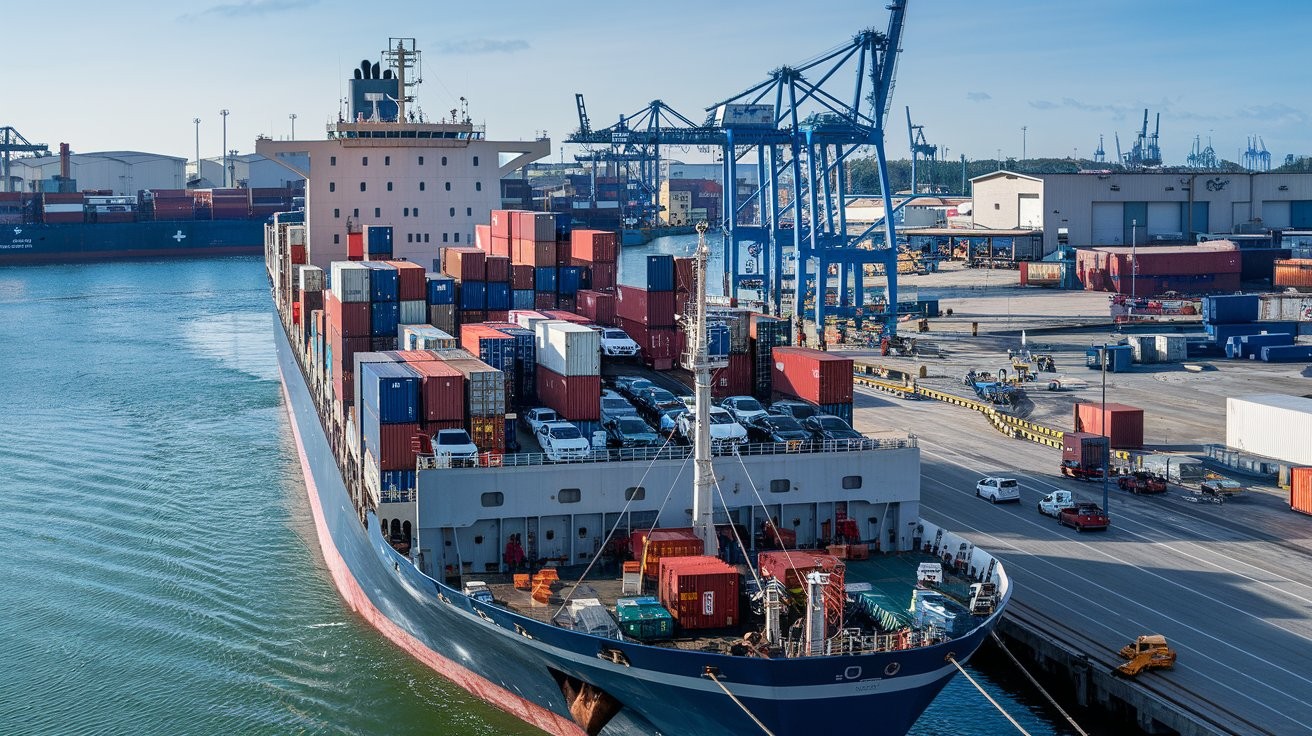

Key Benefits of End to End Supply Chains
20 Sep, 2024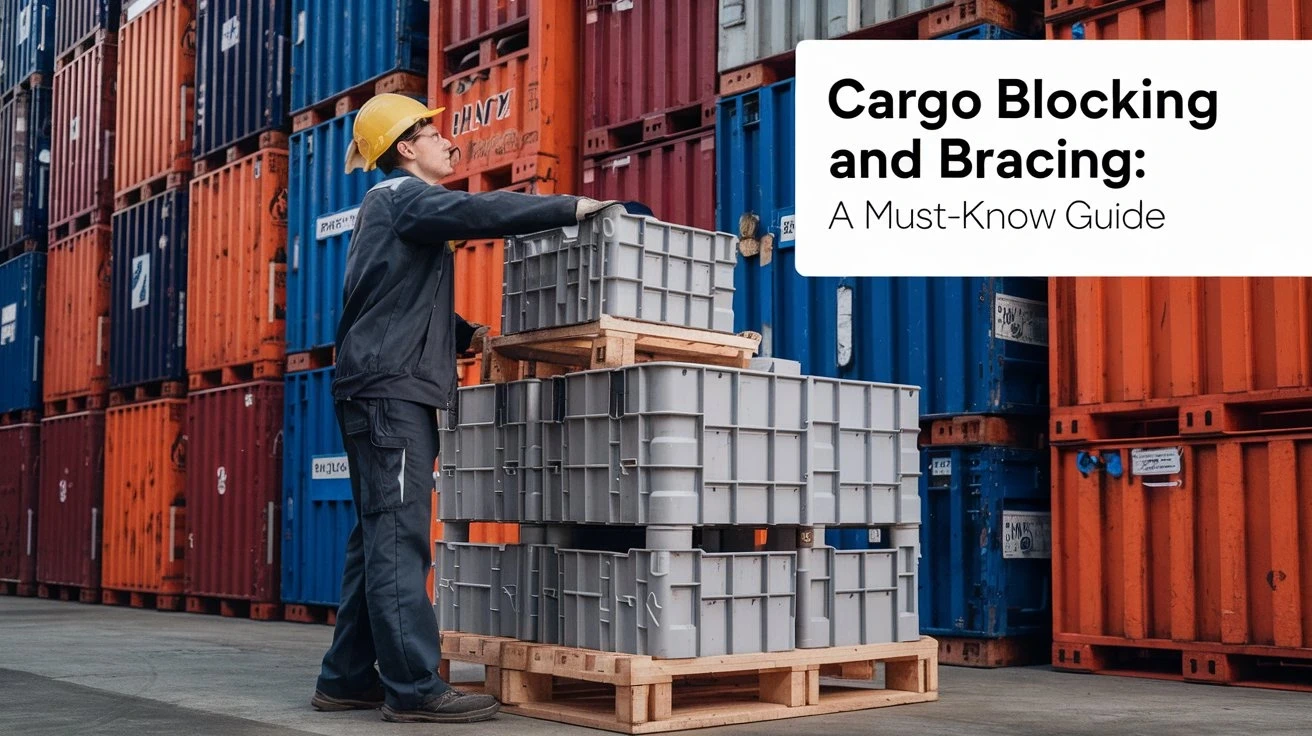
Cargo Blocking and Bracing: A Must-Know Guide
17 Sep, 2024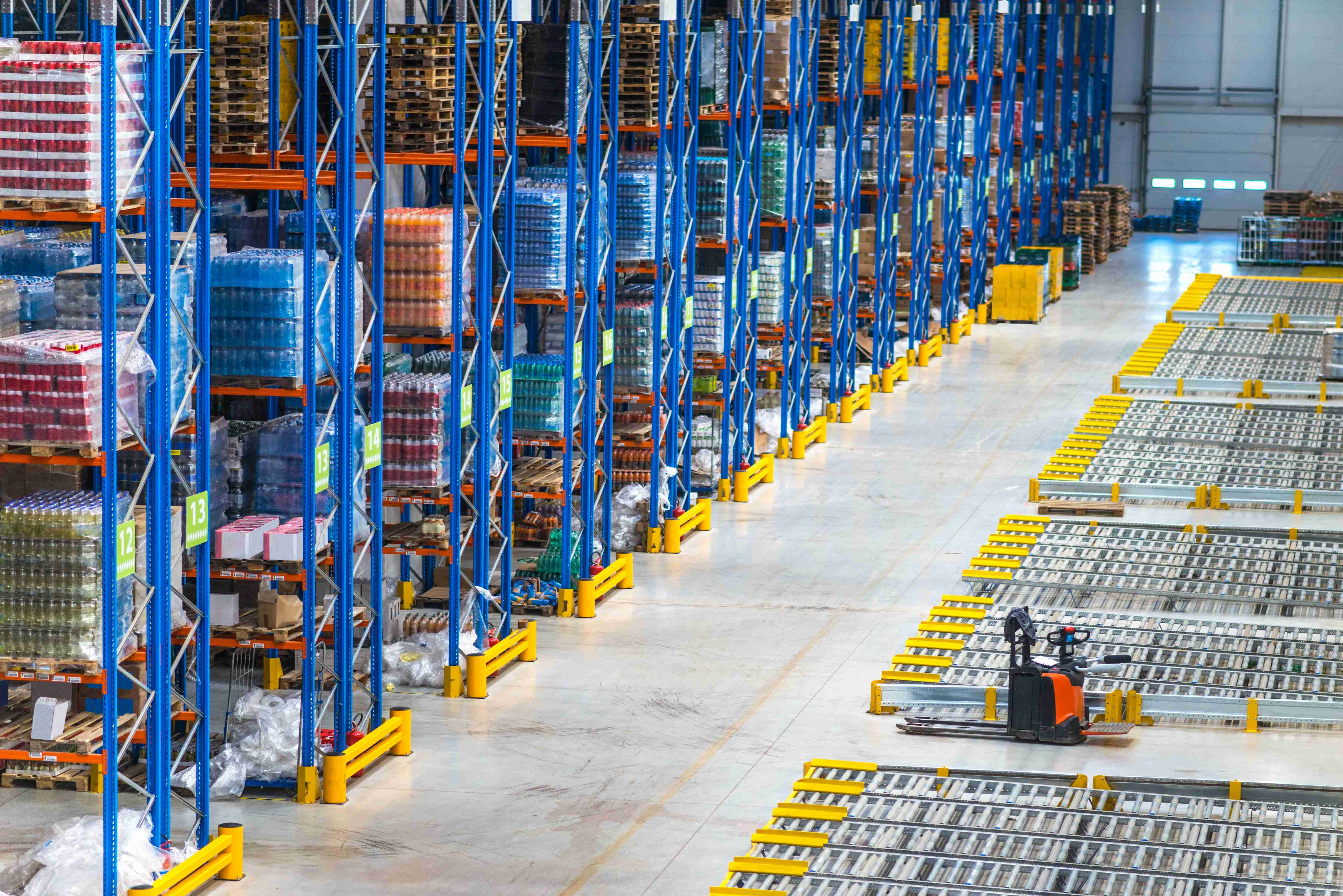
Third-Party Logistics (3PL): A Complete Guide
31 Jan, 2024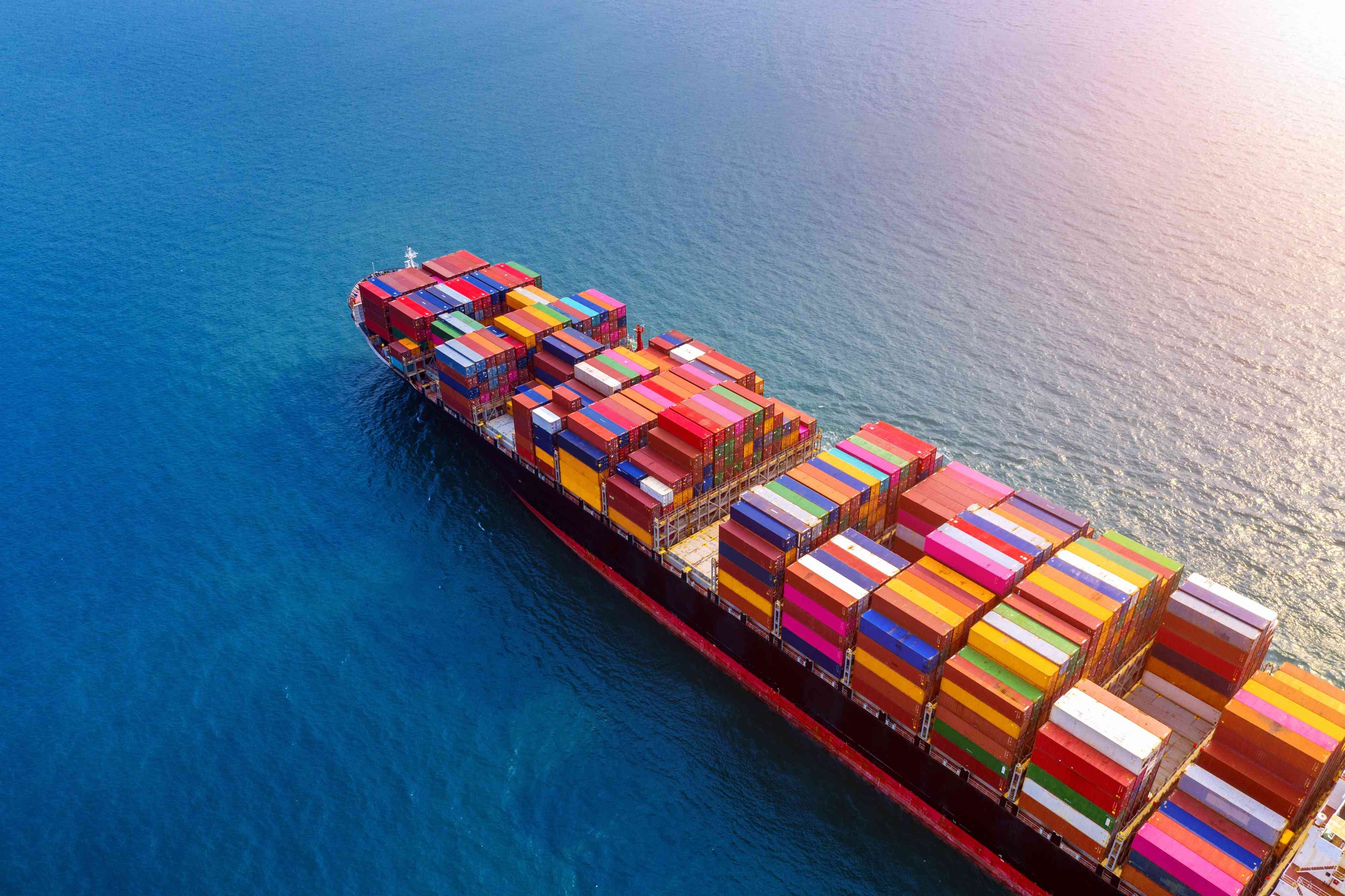
How do I book a container by sea freight
27 Nov, 2023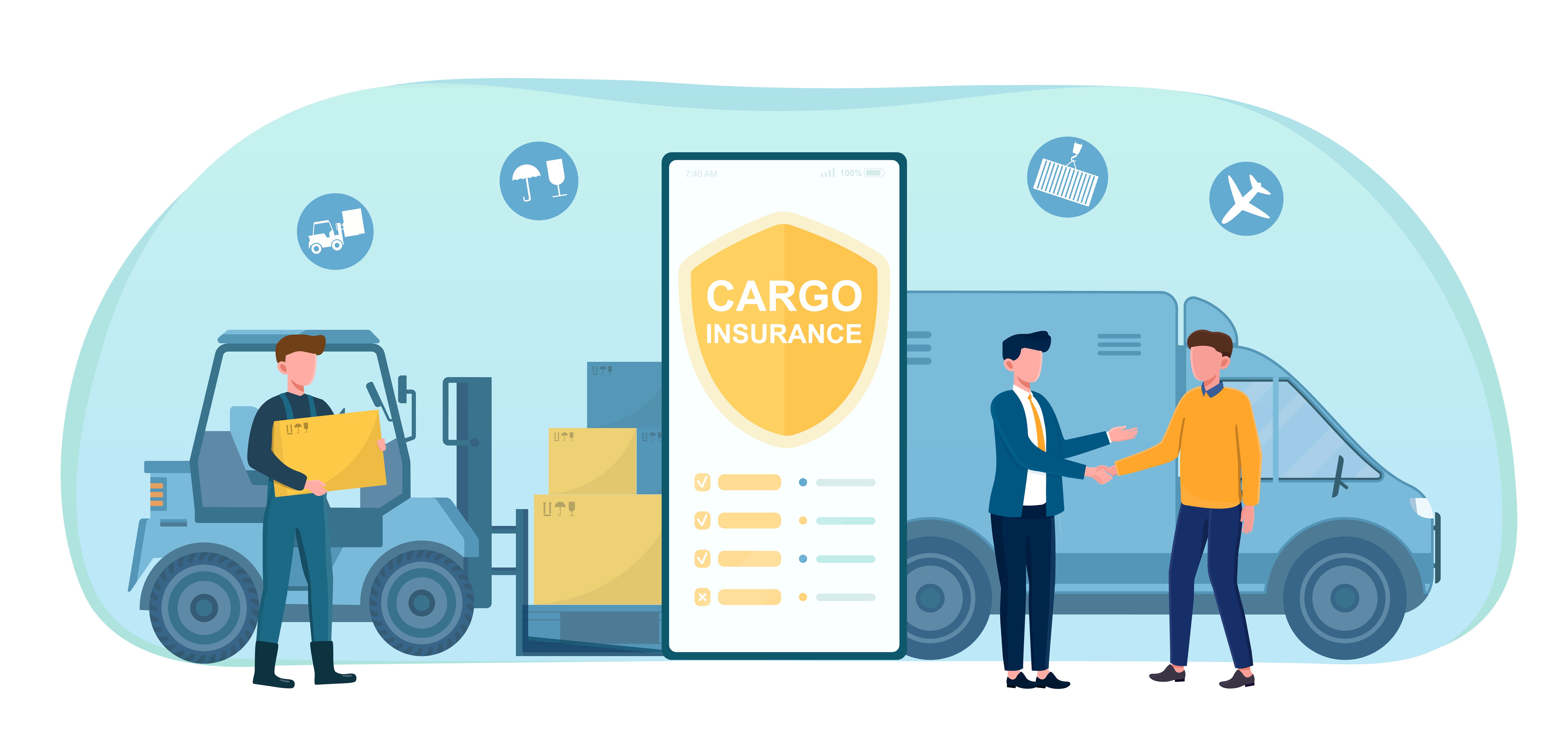
Top Reasons You Need A Cargo Insurance
30 Aug, 2023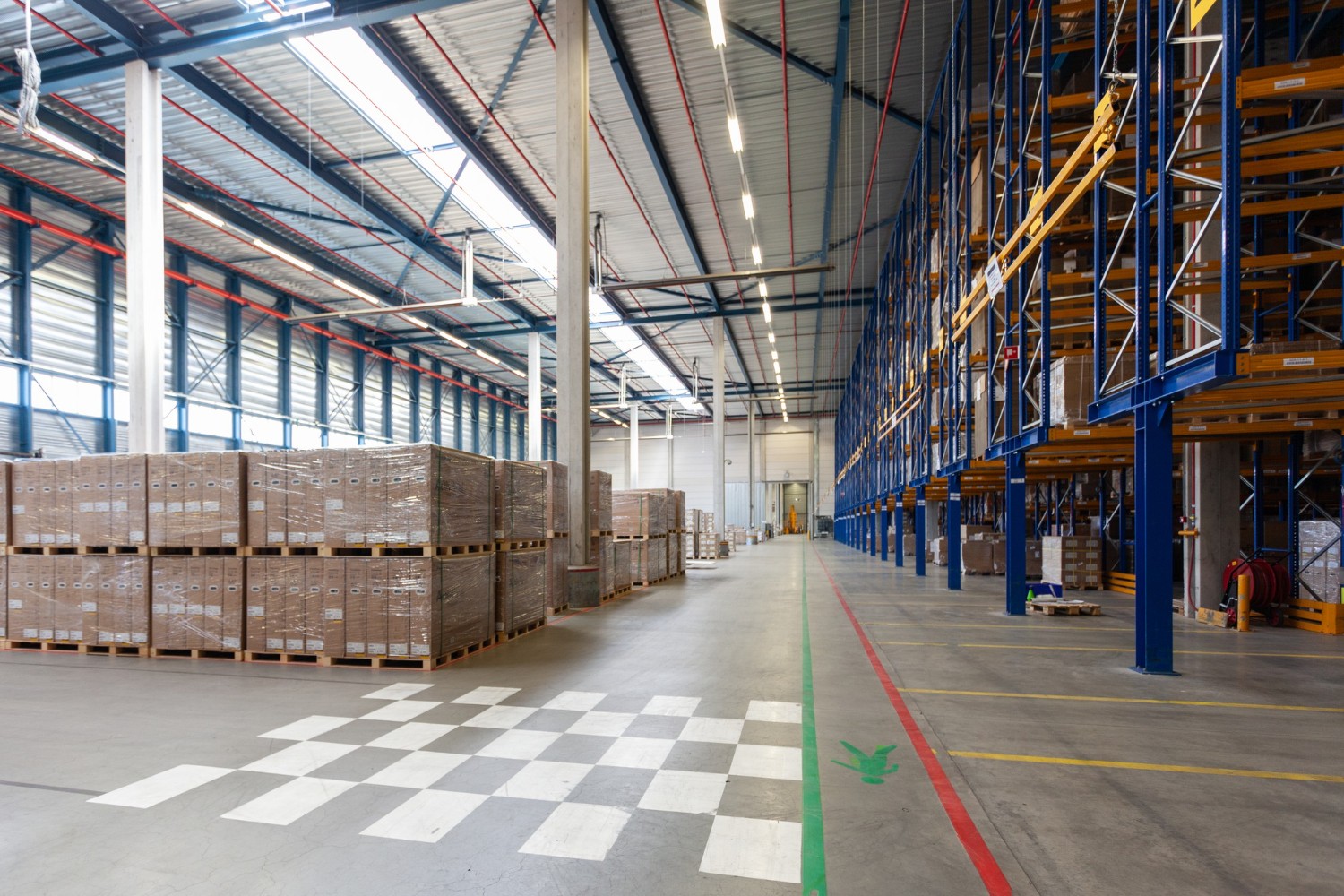
Benefits of Customs Bonded Warehousing
24 Jul, 2023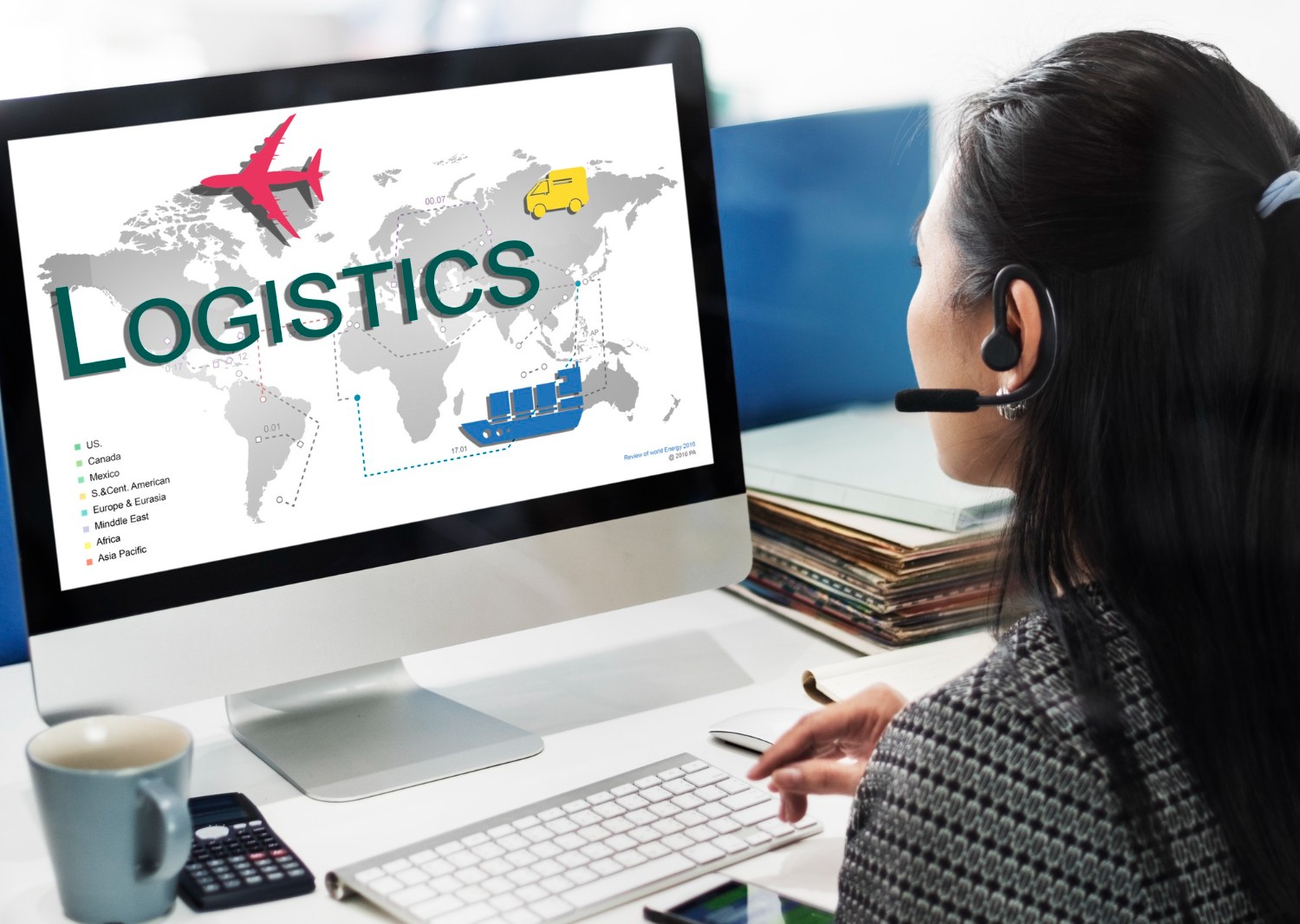
Benefits of Logistics Outsourcing
30 Jun, 2023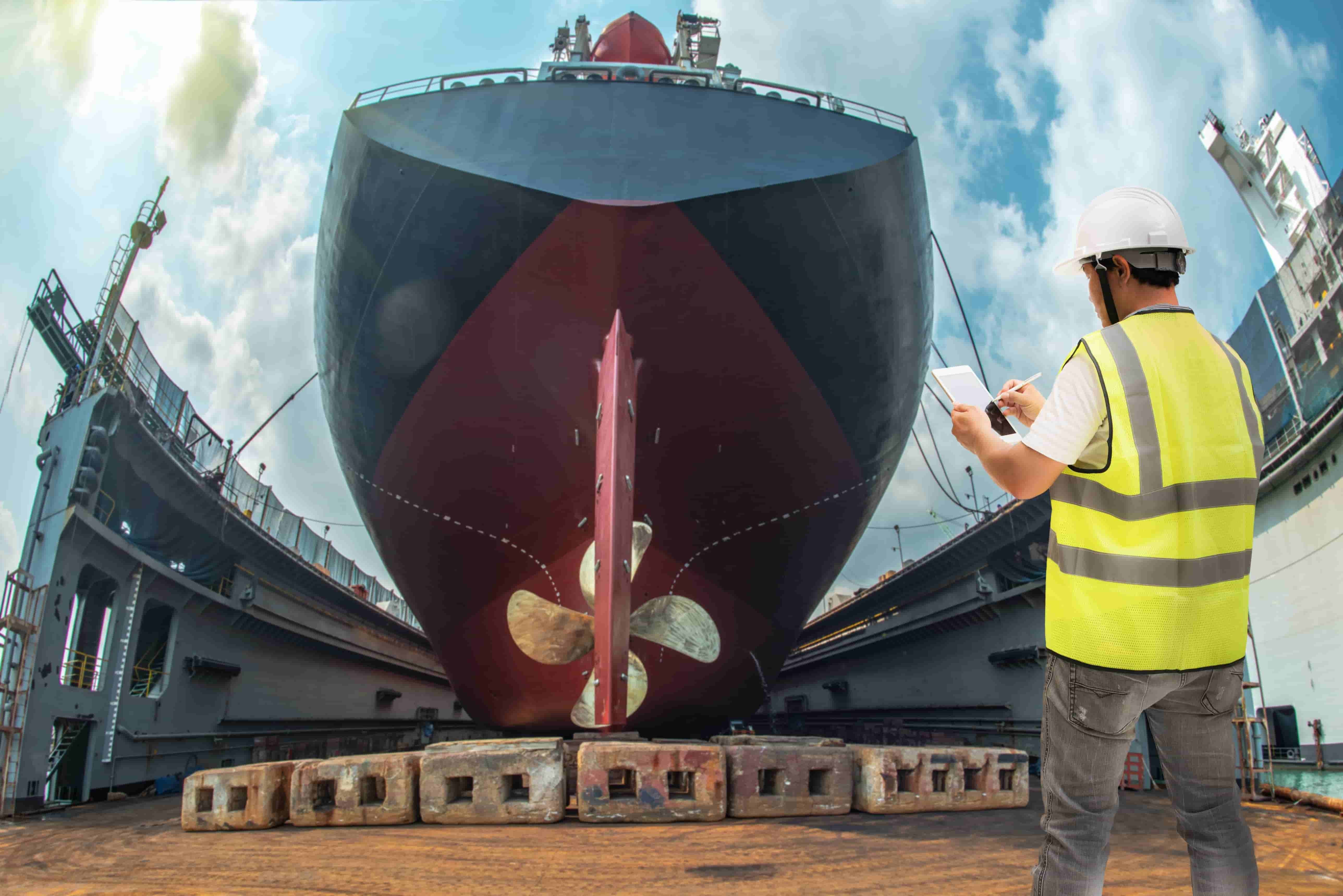
What is Dry Docking & Why Do Ships Do It?
30 May, 2023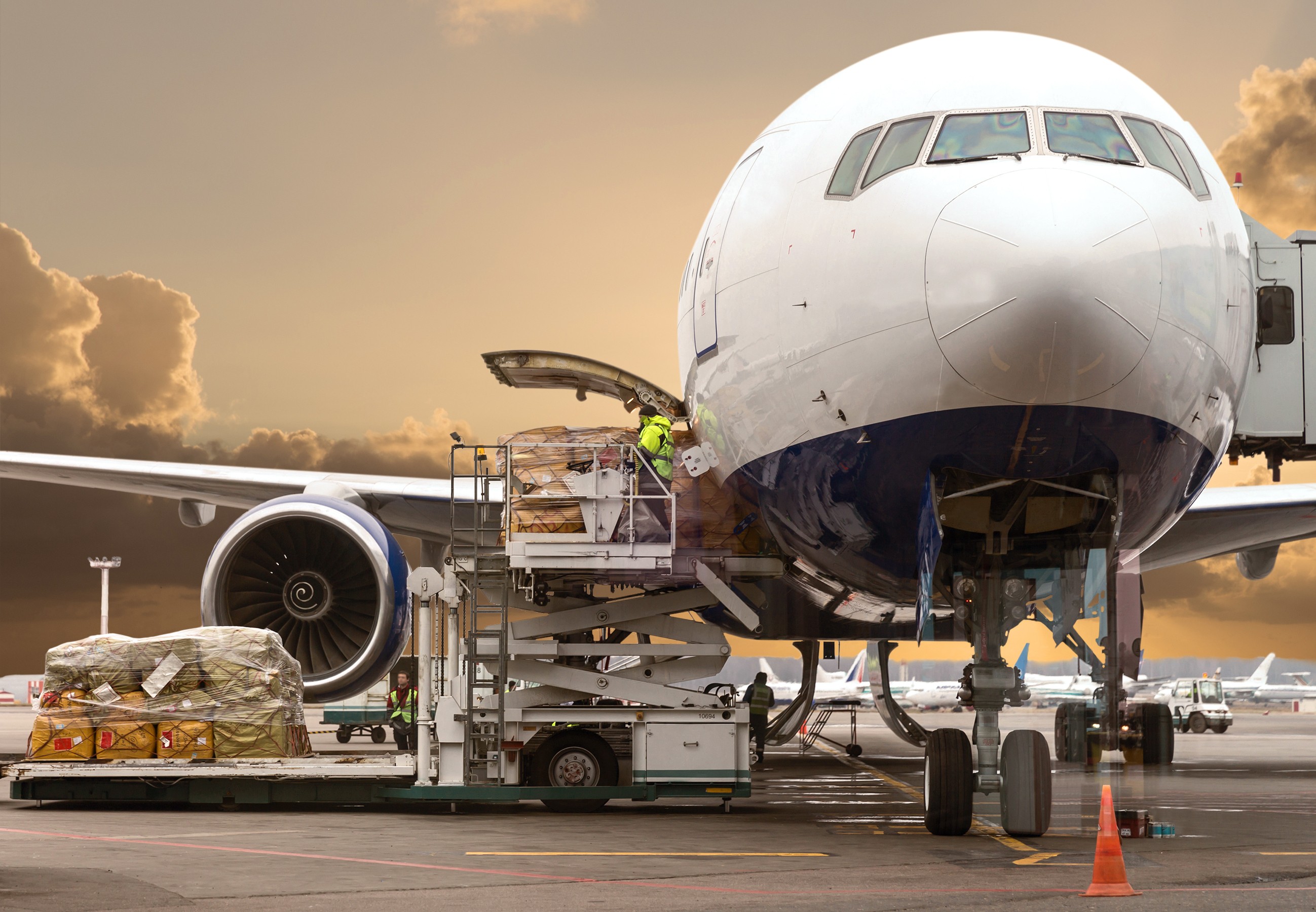
All You Need to Know About Air Freight
16 May, 2023
Ways Carriers Benefit from Contract Logistics
25 Apr, 2023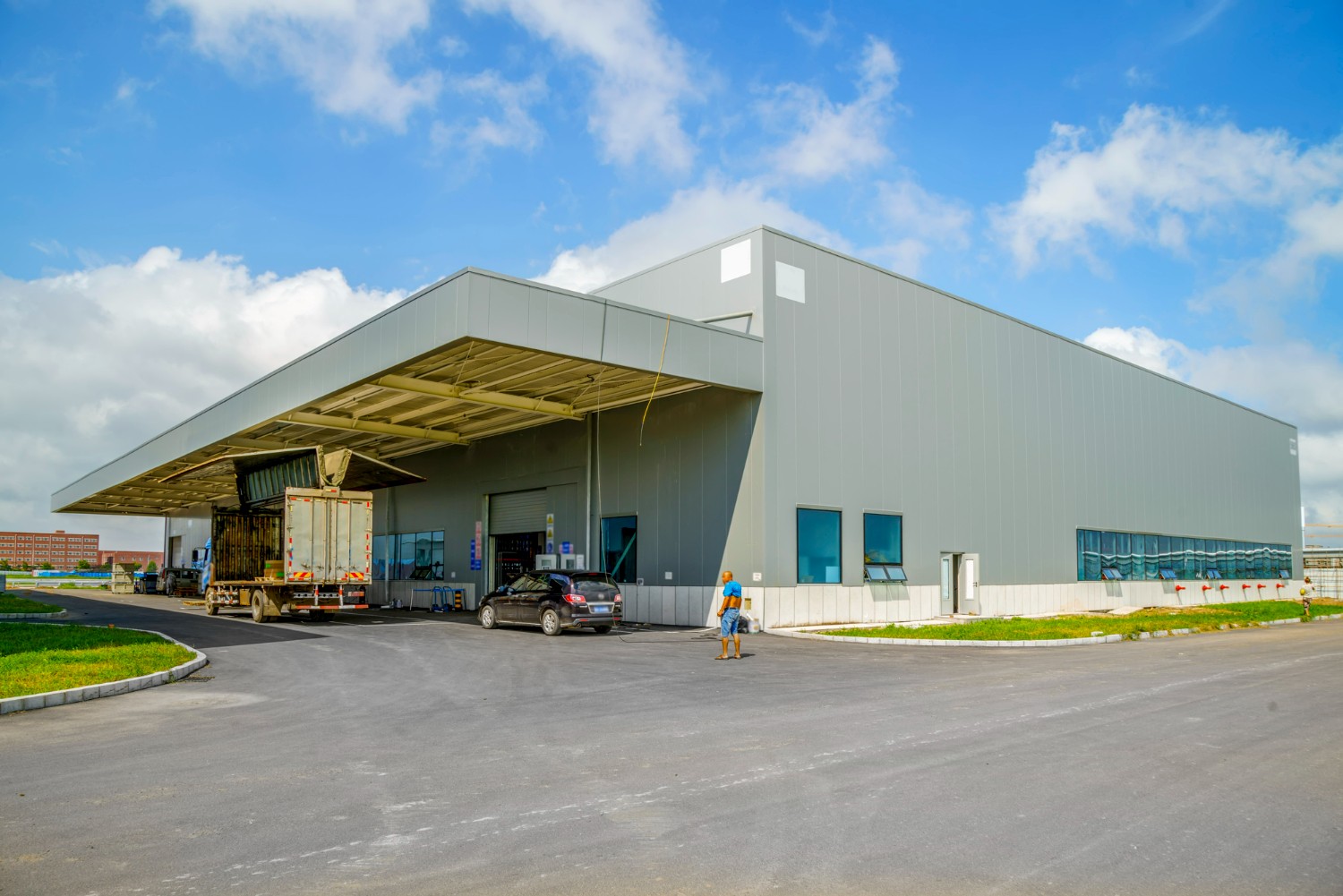
Pros and Cons of Contract Warehousing
27 Mar, 2023641c5faf72d6a.jpg)
Advantages of Freight Consolidation
23 Mar, 2023
All You Need to Know About Freight Charges
27 Feb, 2023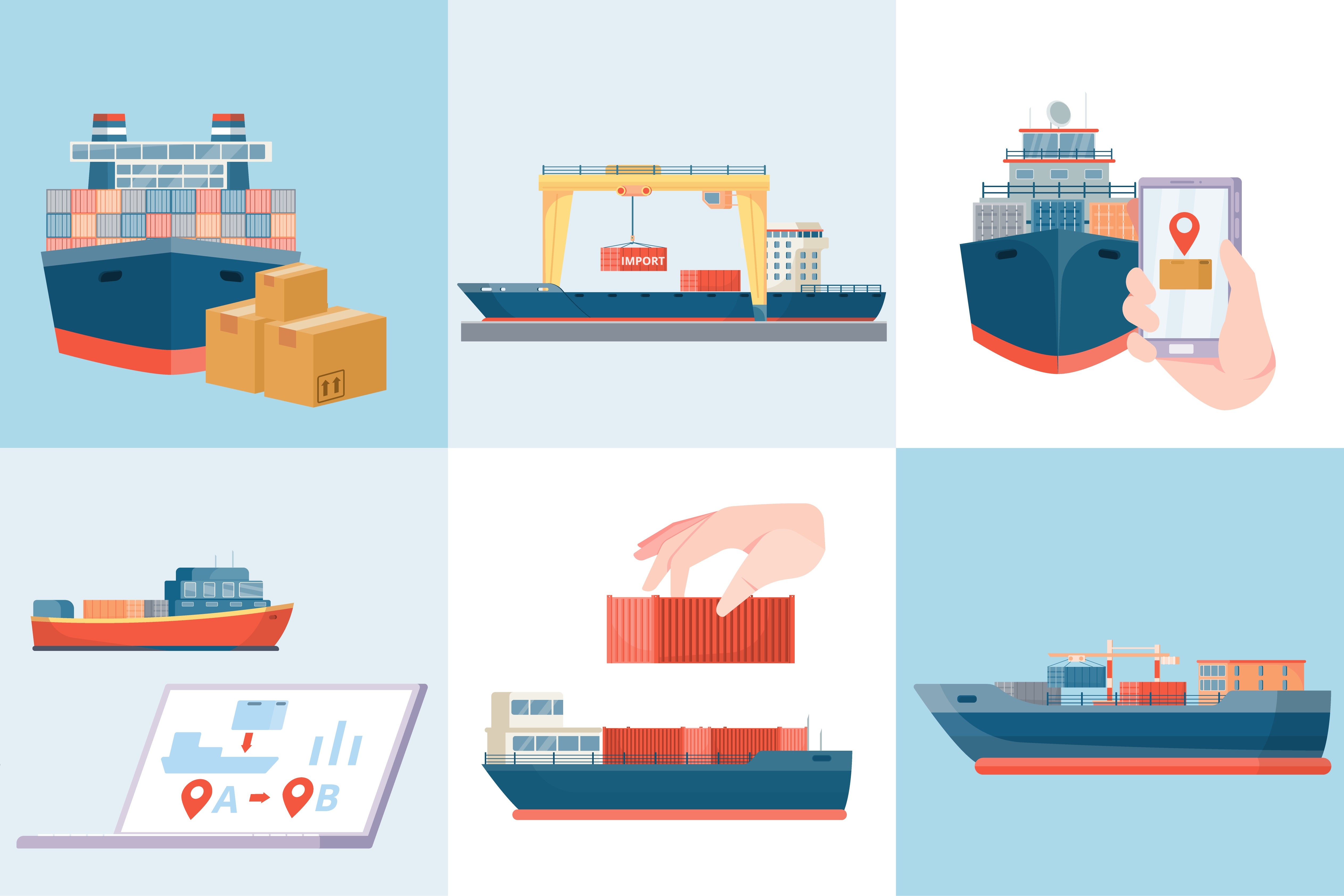
How to Find A Good Freight Forwarder?
24 Jan, 2023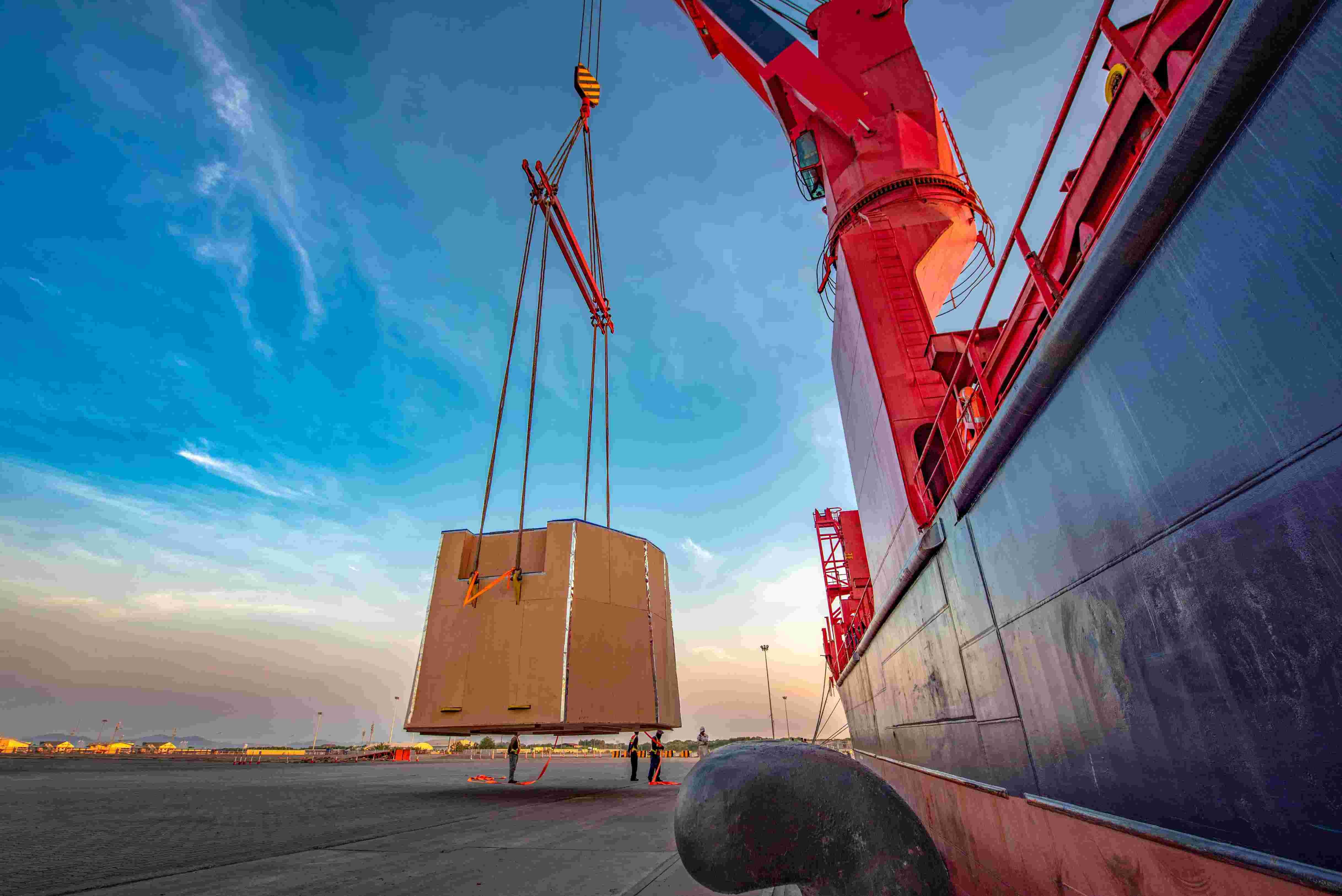
What is Project Cargo and How is it Transported?
07 Nov, 2022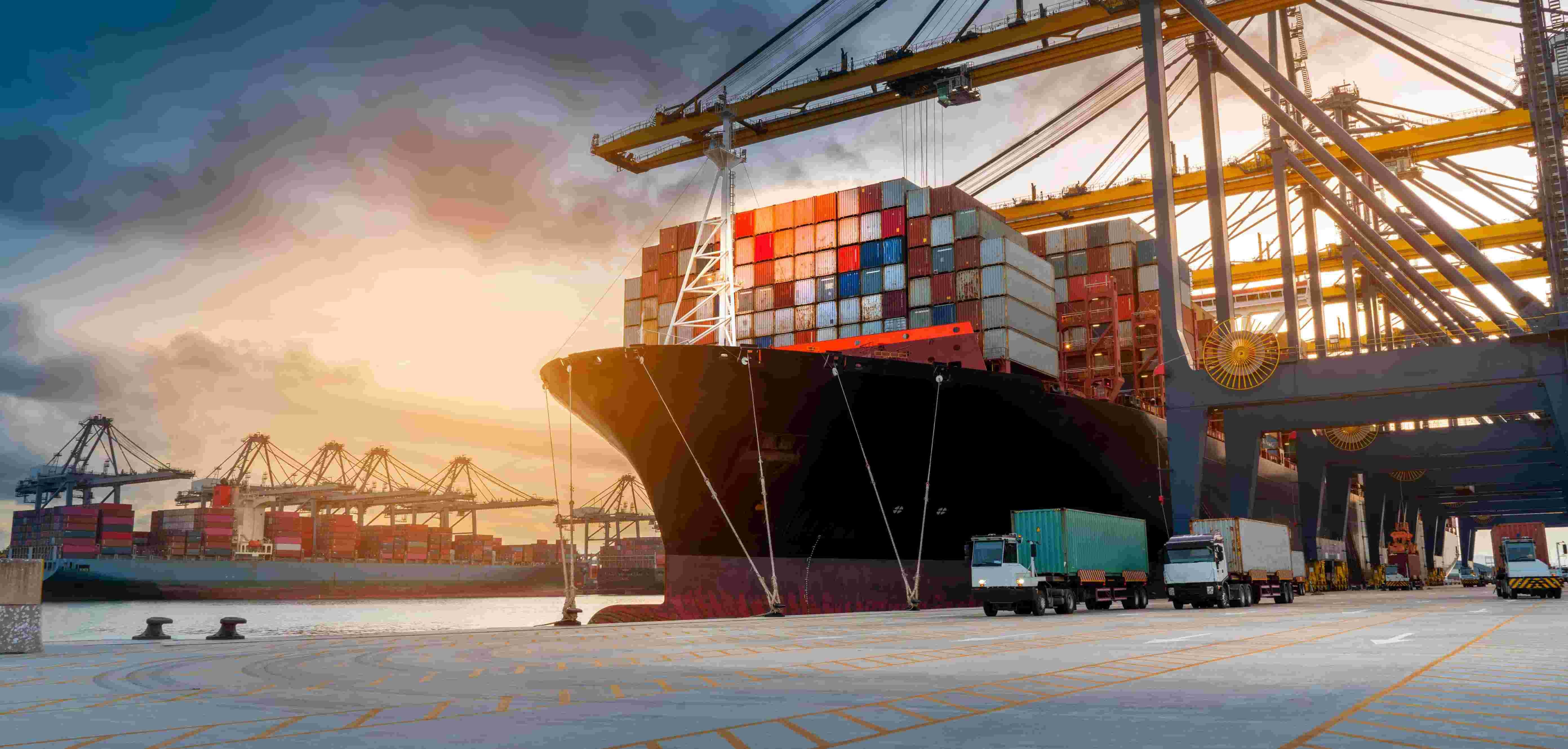
How International Ocean Freight Shipping Works
25 Oct, 2022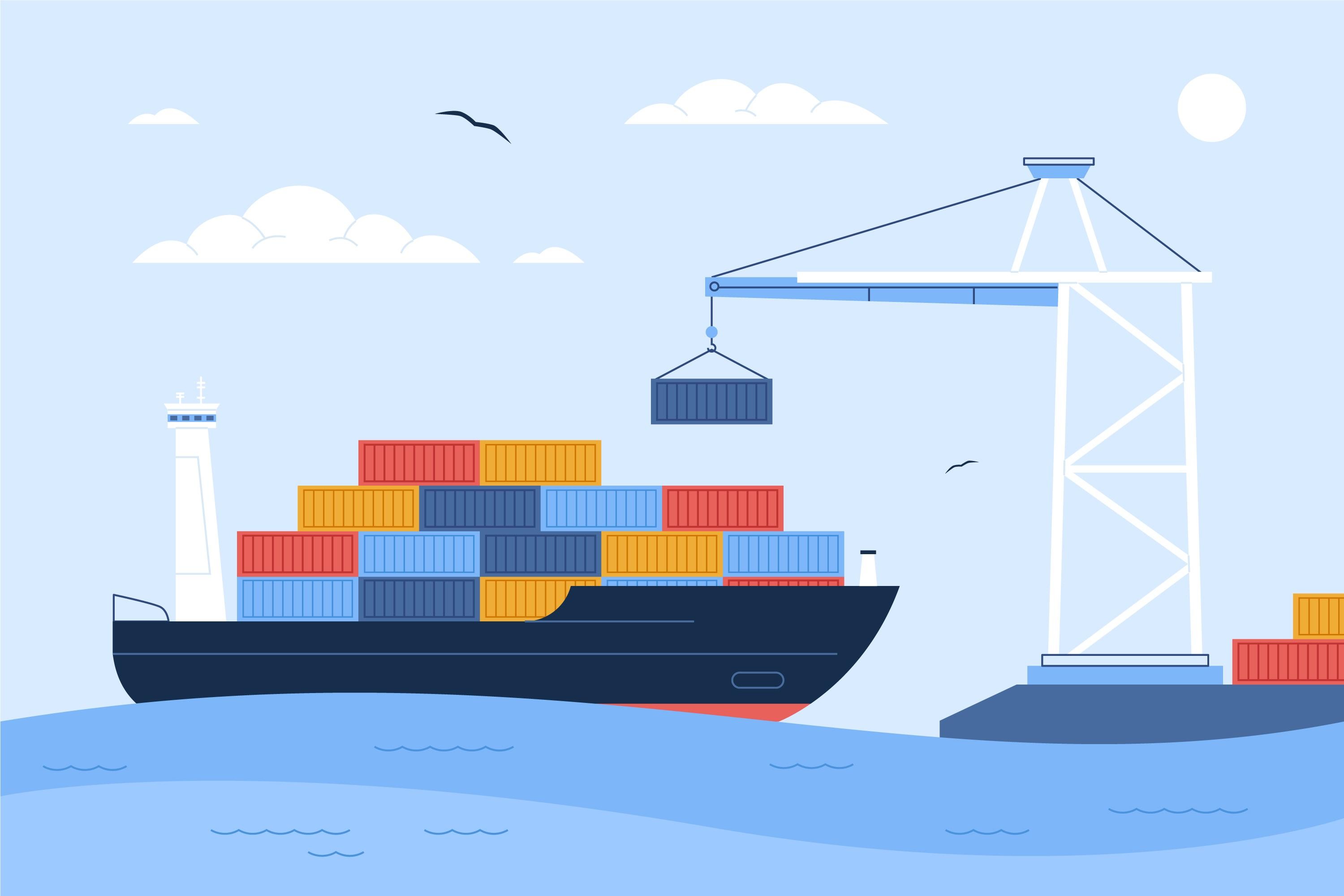
How does LCL shipping work?
26 Sep, 2022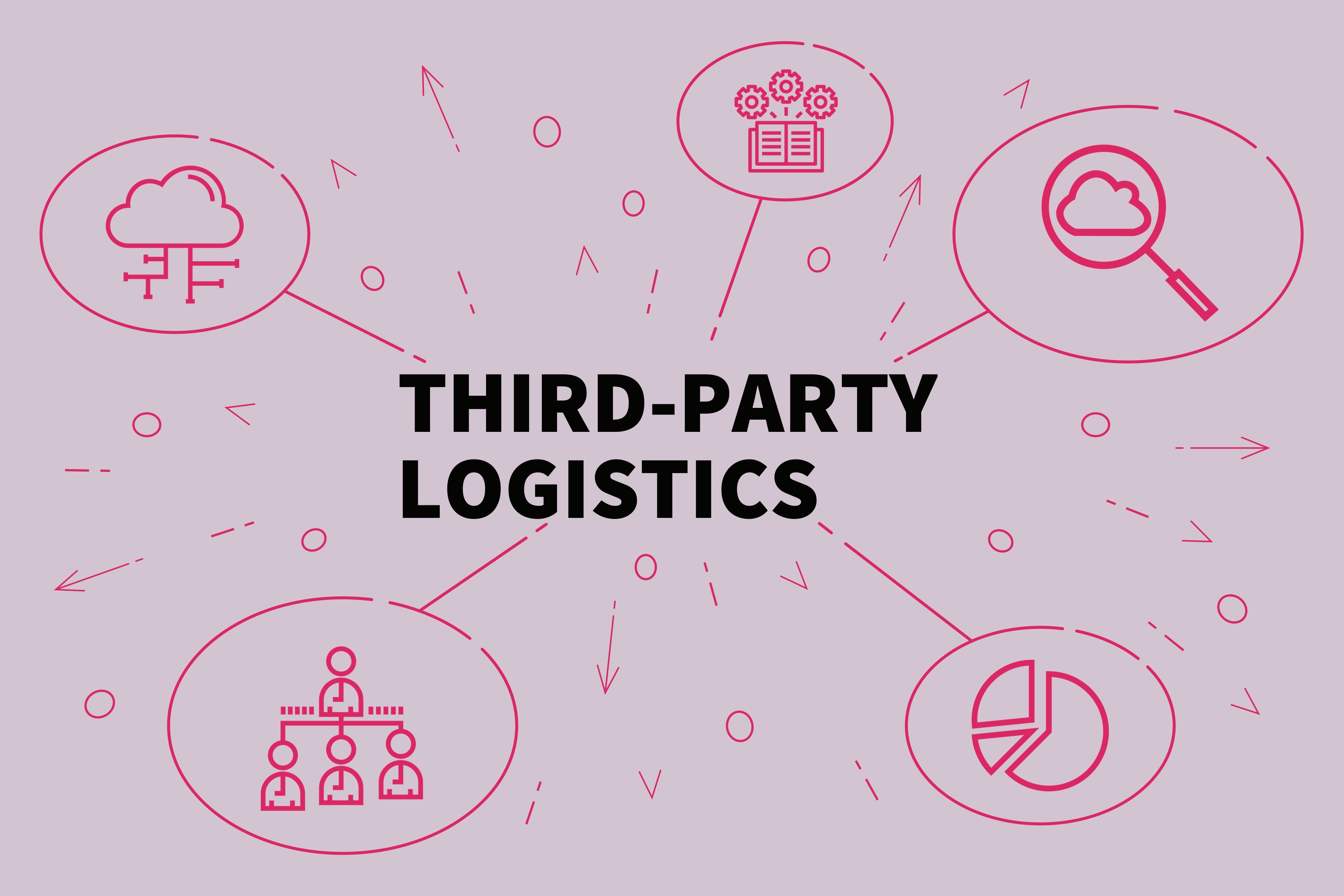
8 Ways to Optimize Your 3PL Relationship
22 Sep, 2022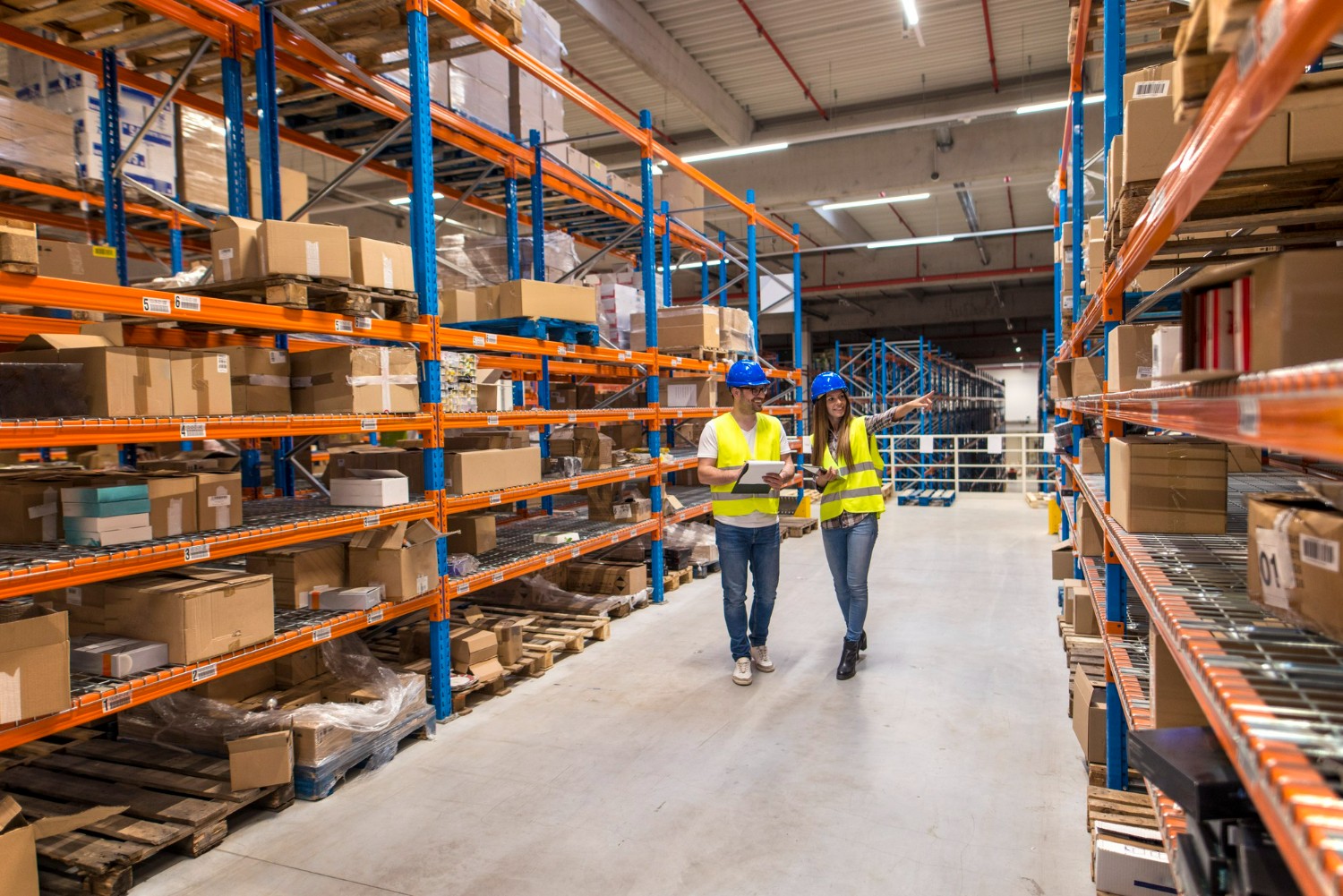
Benefits Of Using An Outsourced Warehouse
22 Aug, 2022
Importance of Cargo Insurance
30 Jul, 2022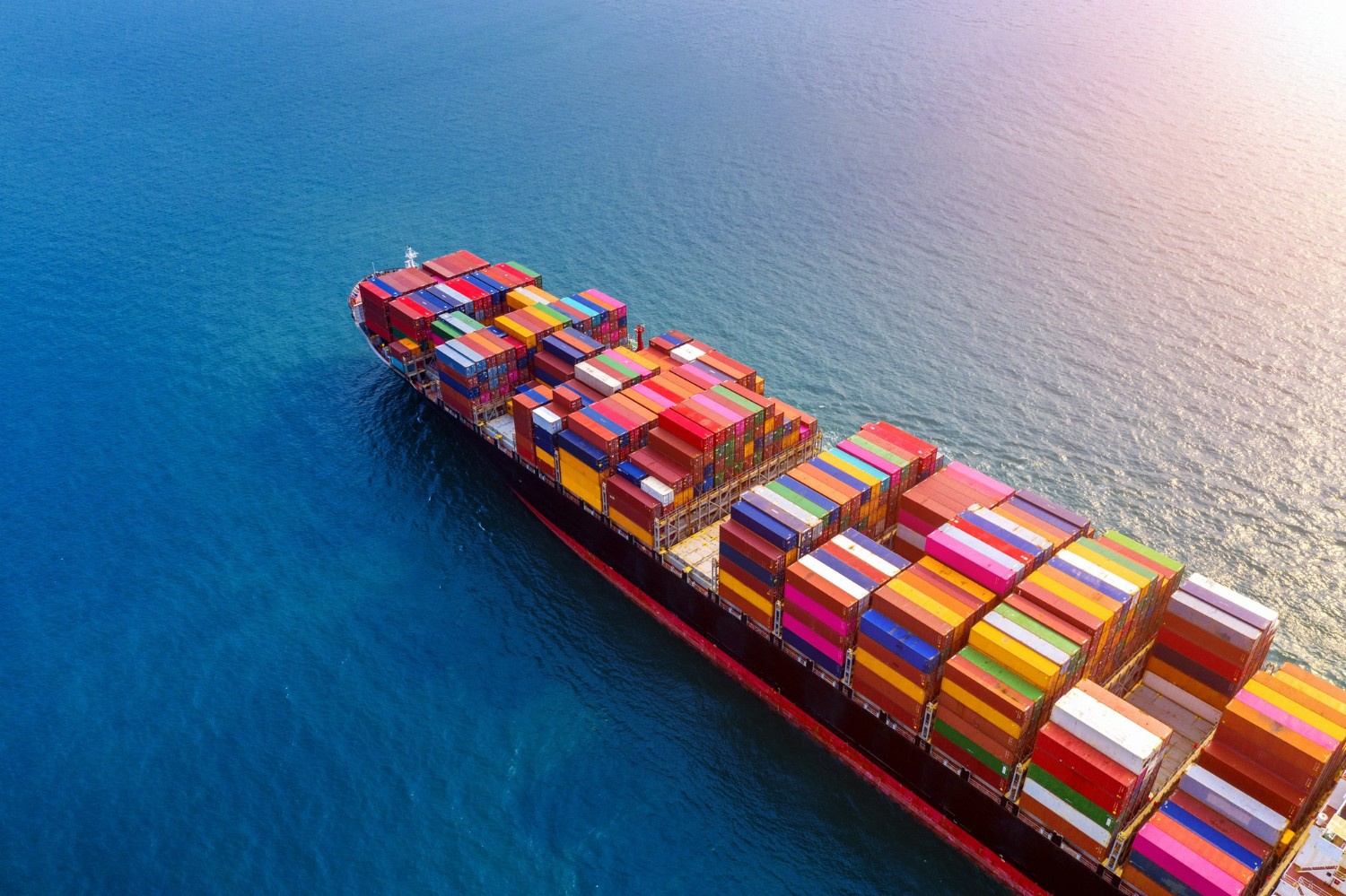
Top 10 Benefits of Ocean Freight Shipping
22 Jun, 2022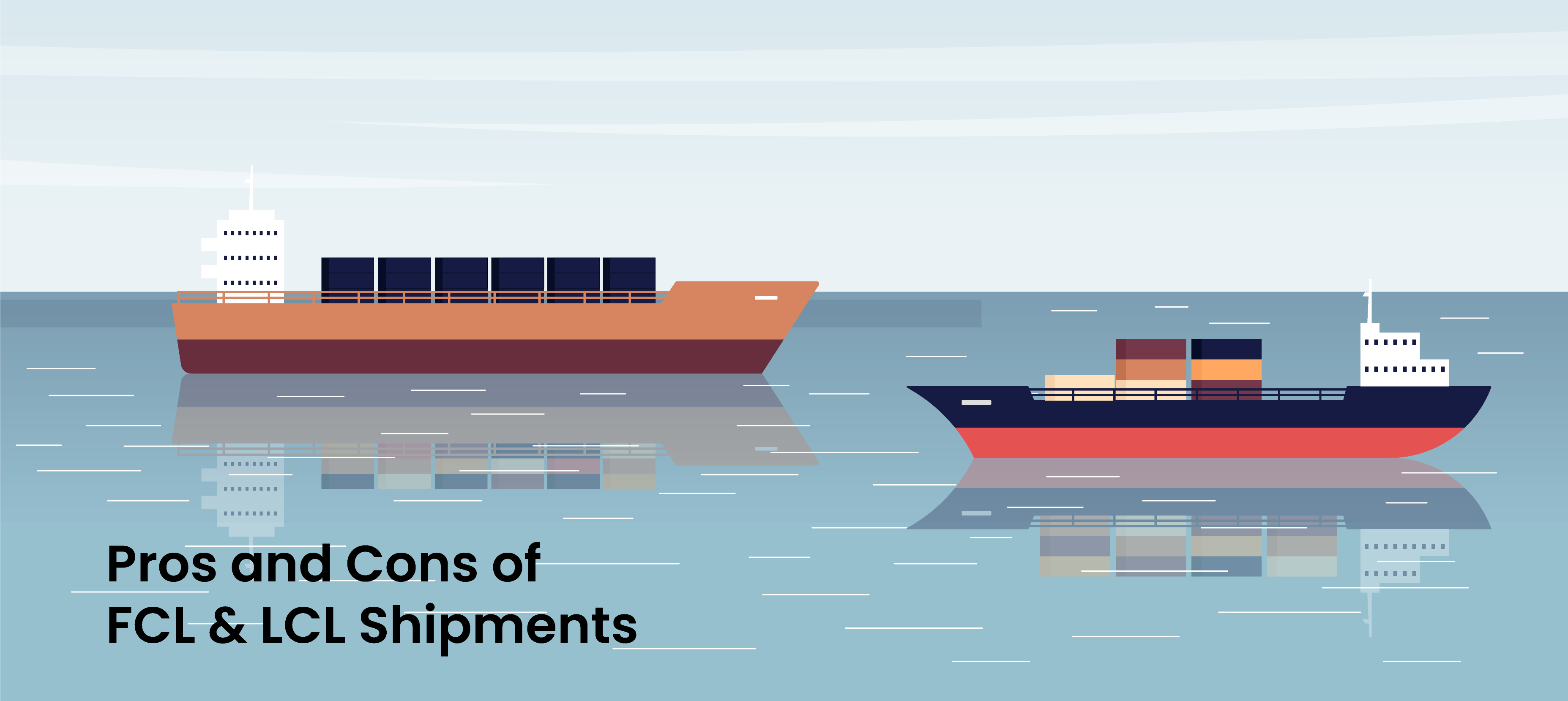
Pros and Cons of FCL & LCL Shipments
21 May, 2022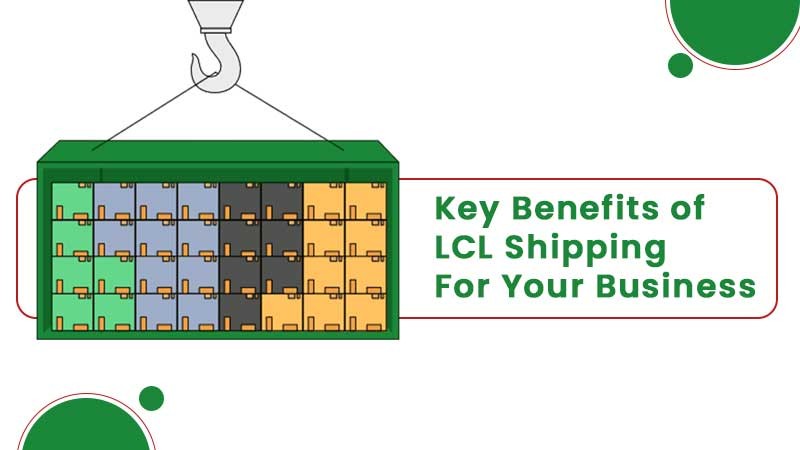
Key Benefits of LCL Shipping for Your Business
28 Jan, 2022

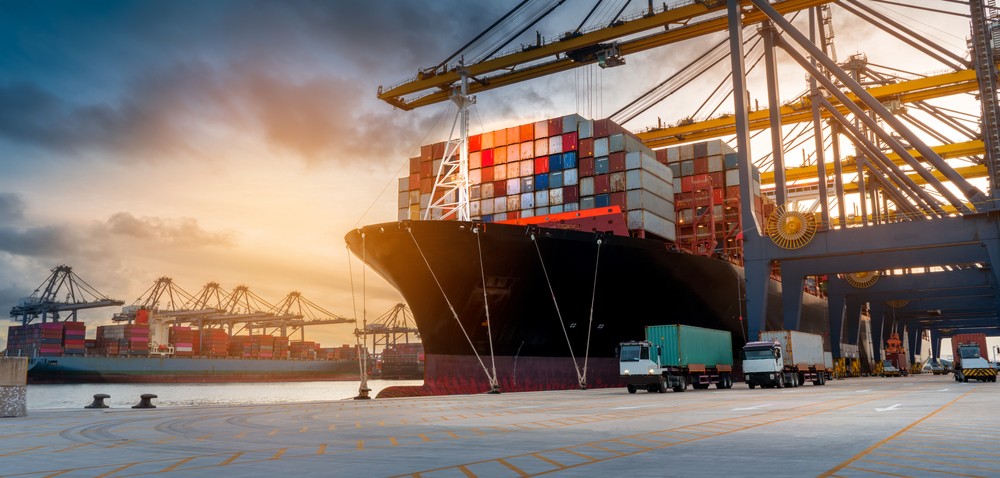
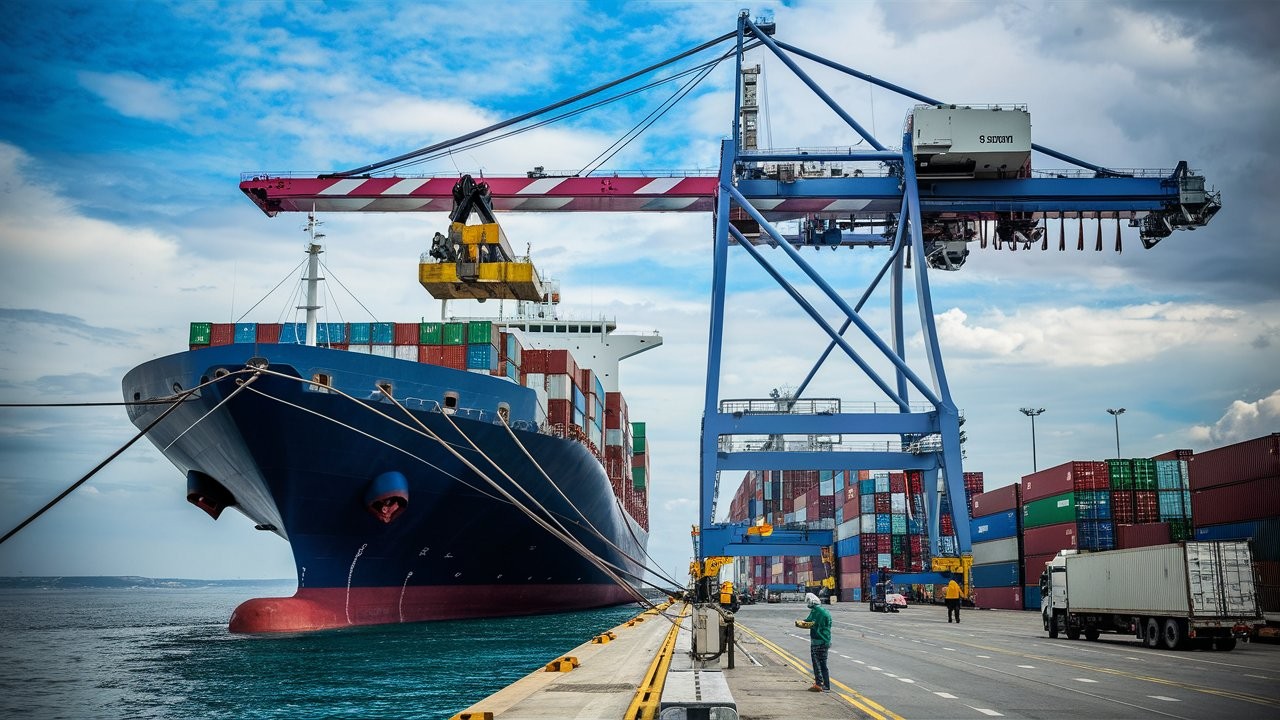
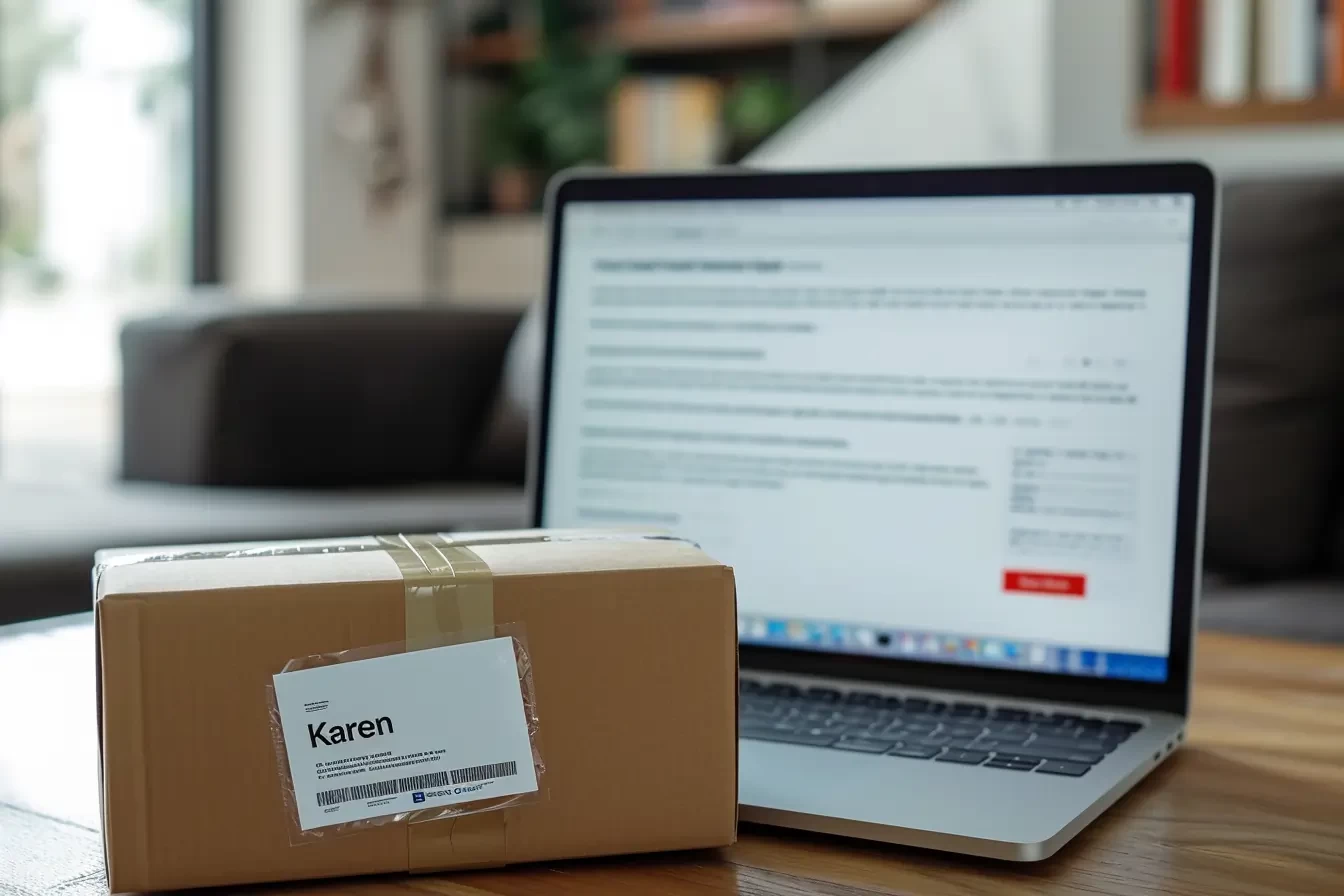
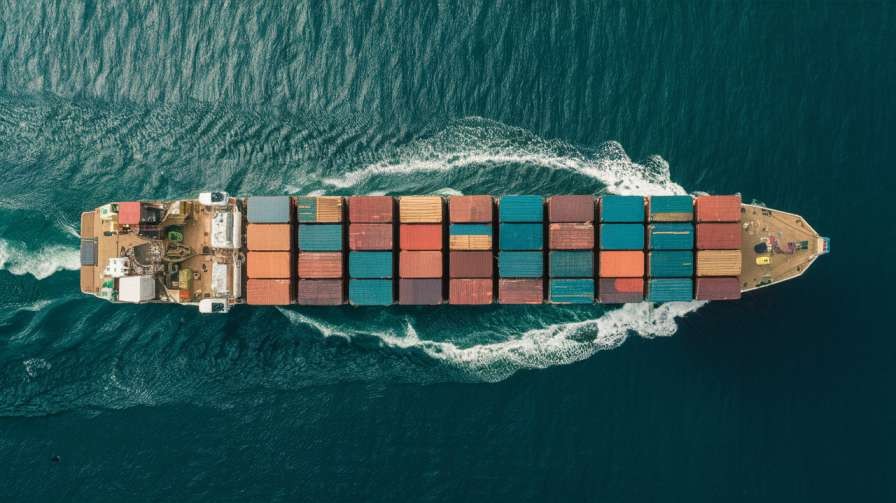
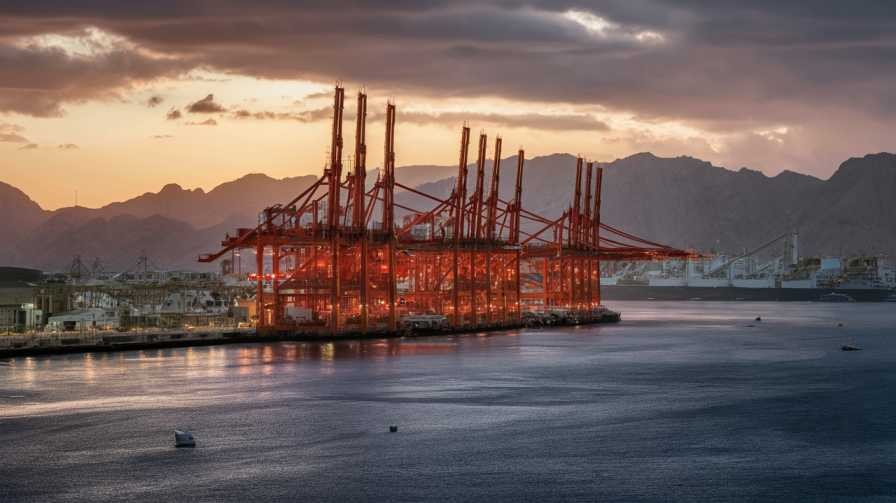
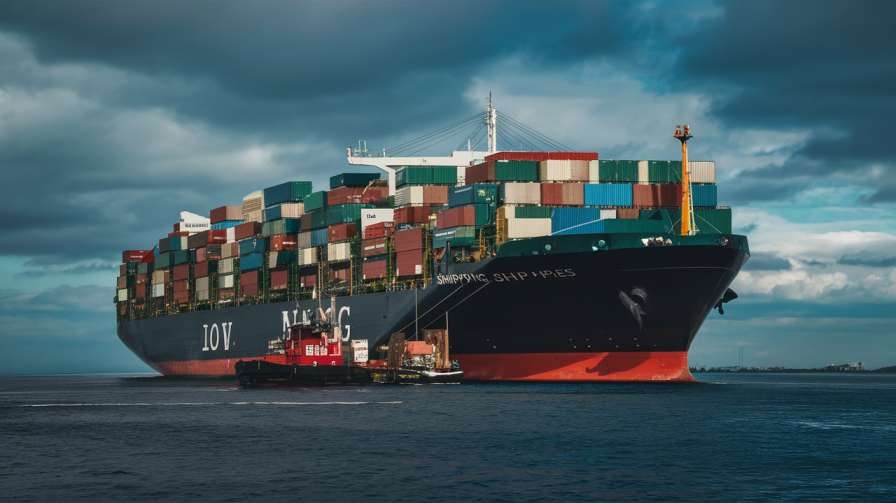
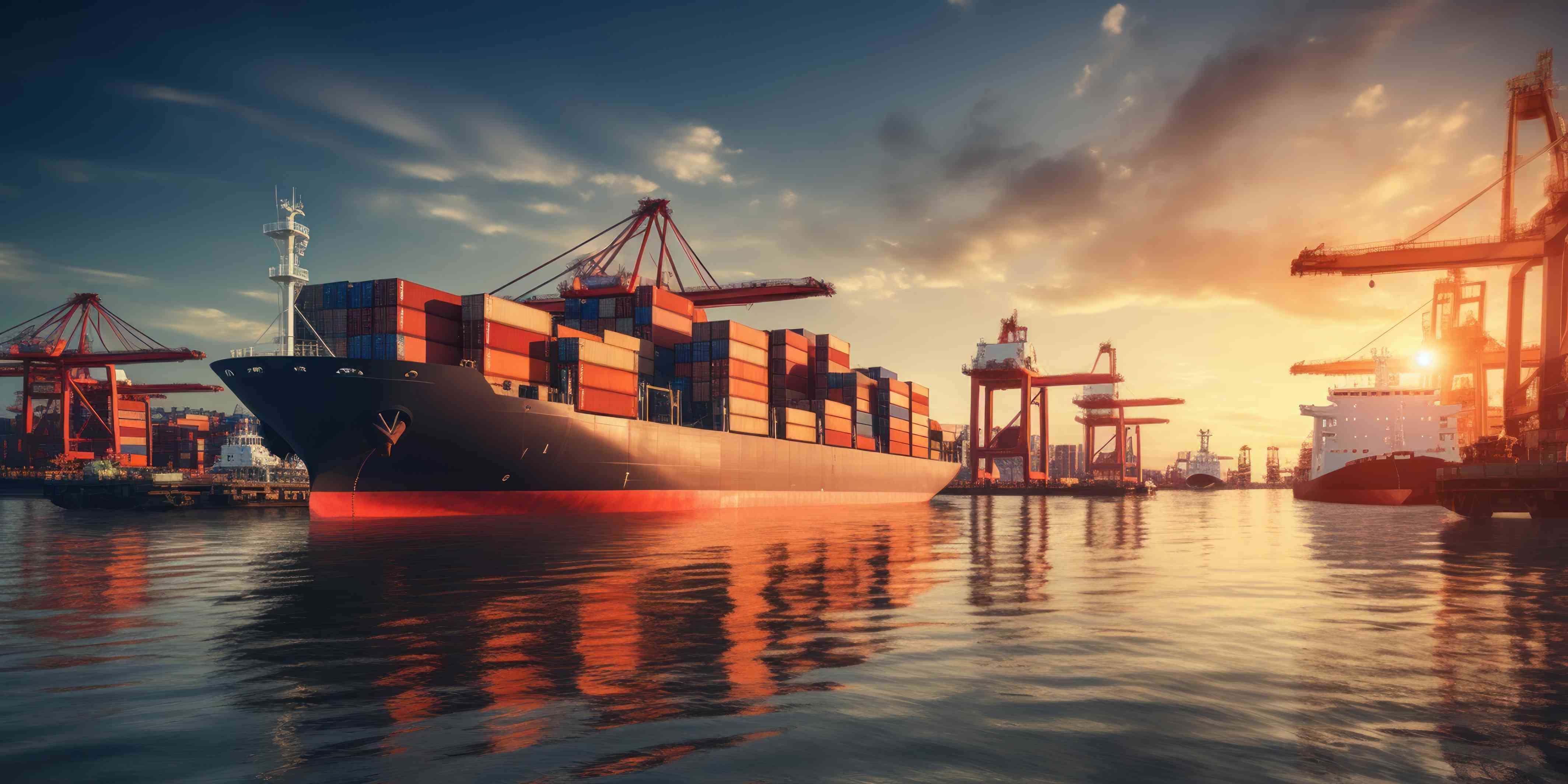
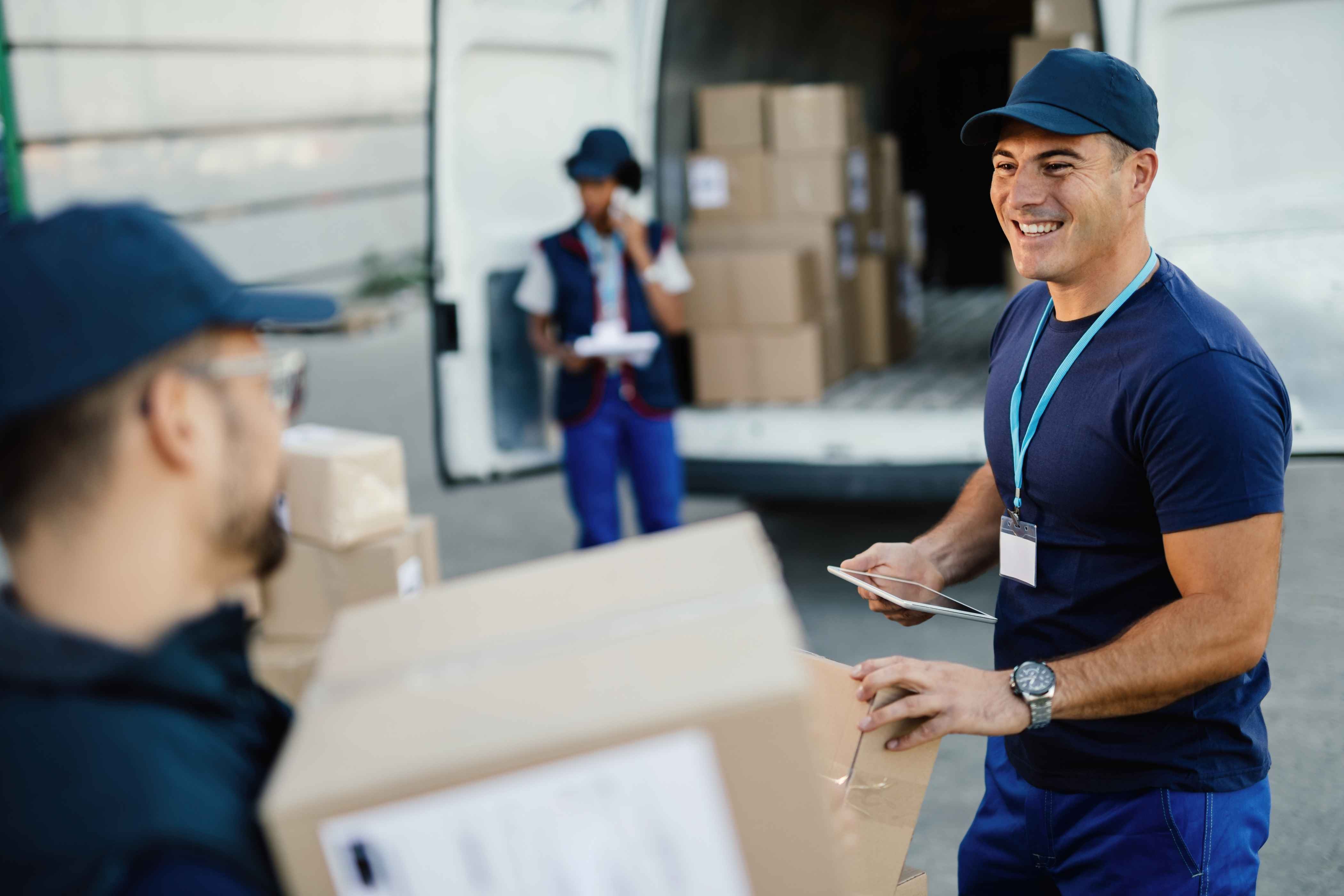
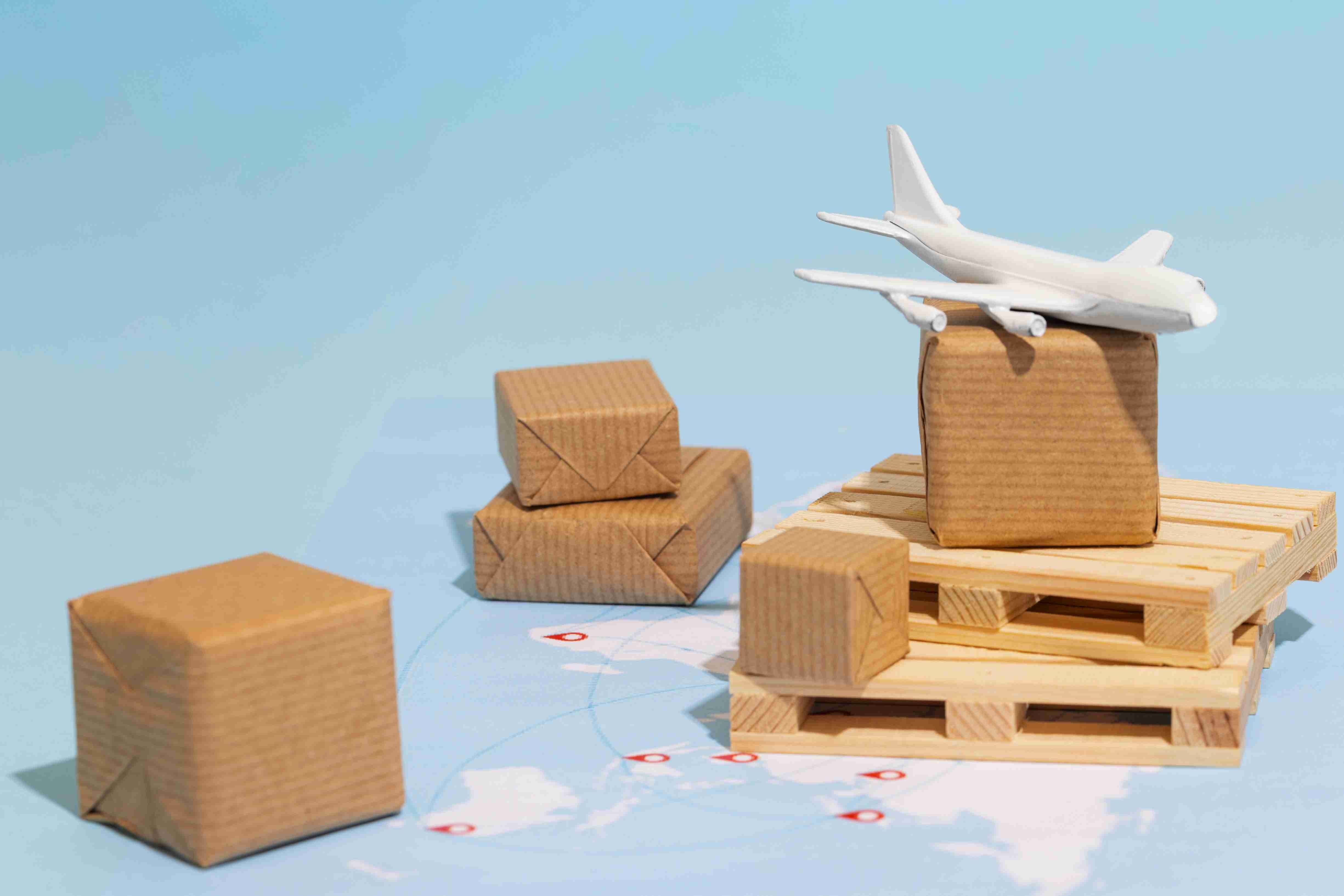
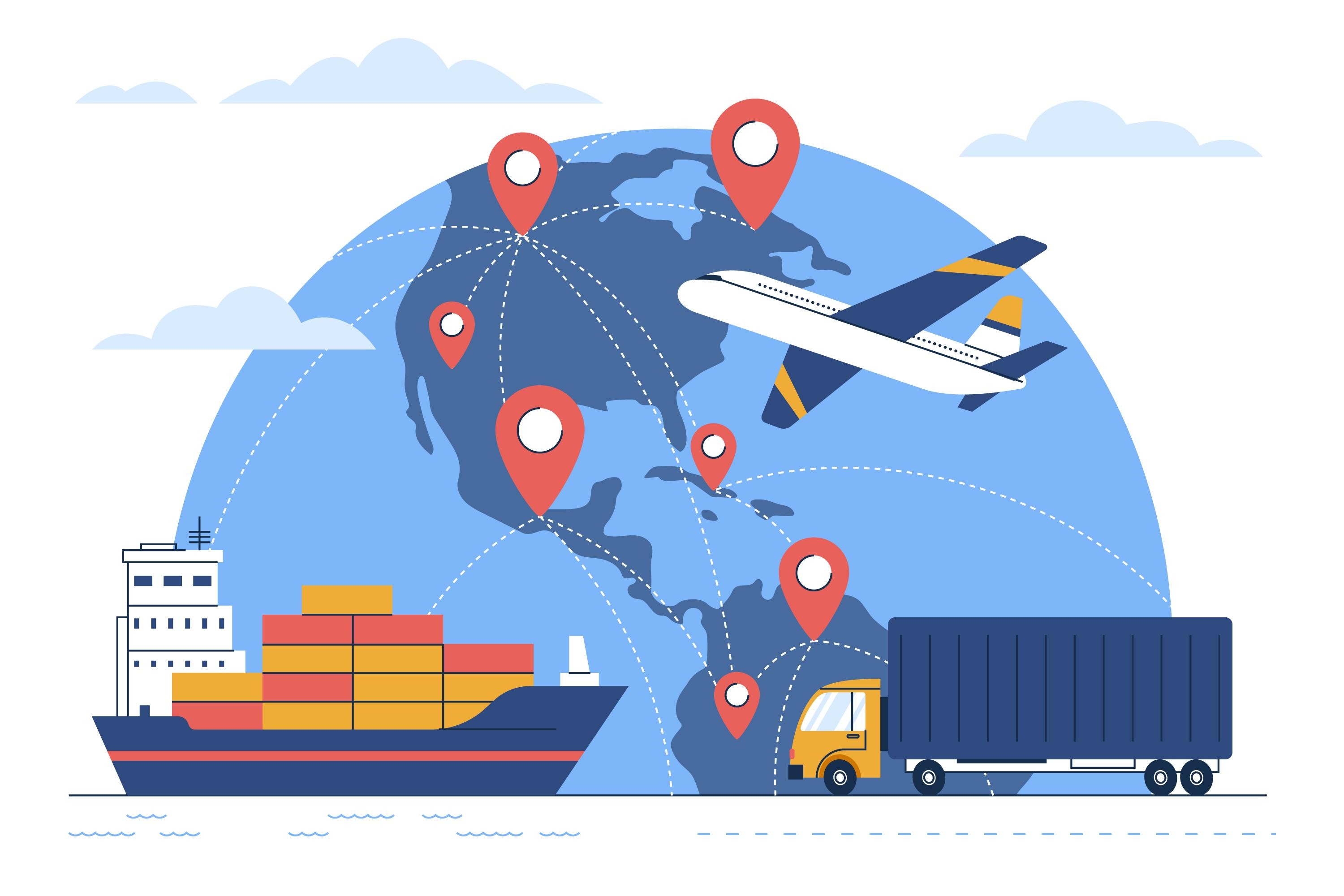


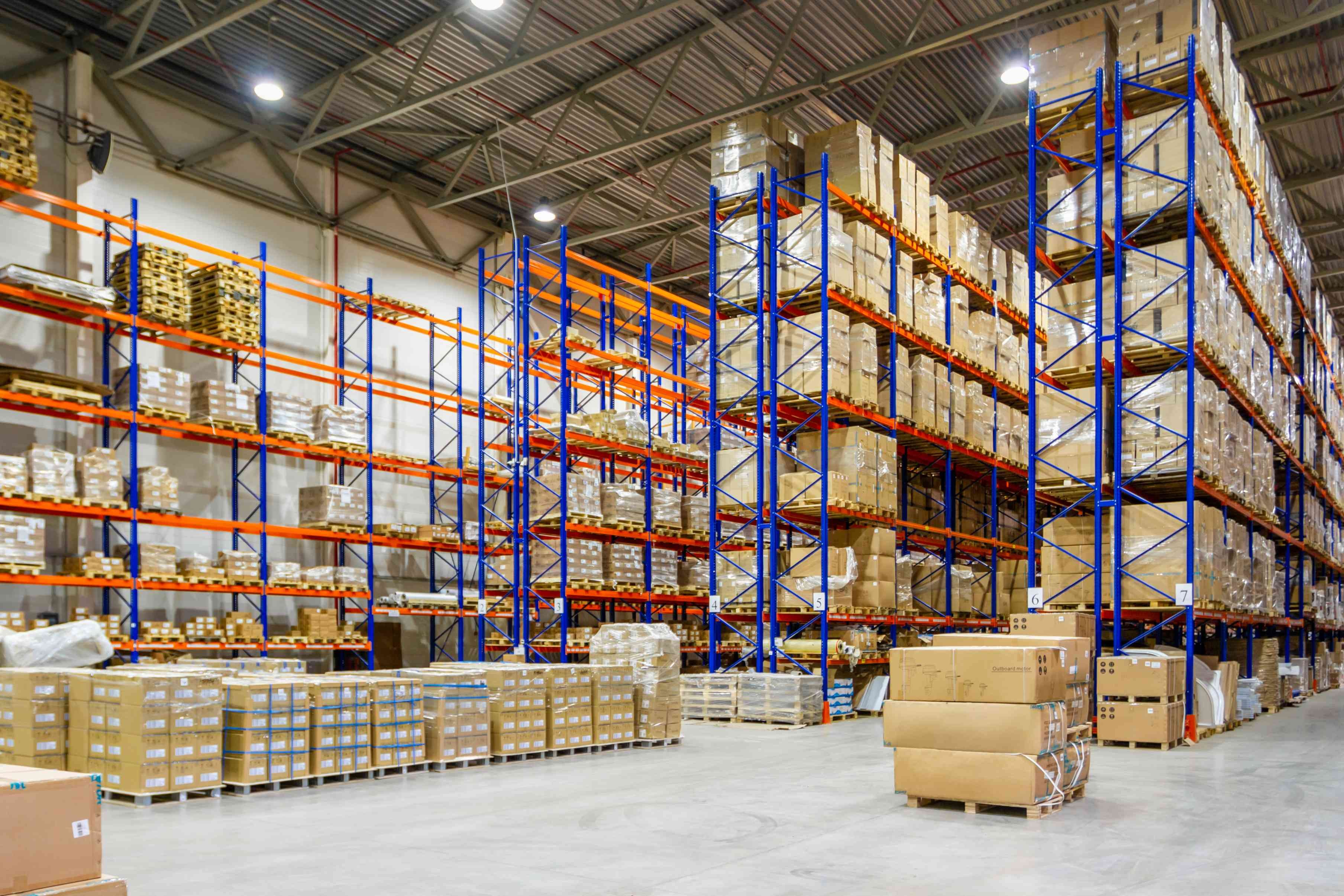
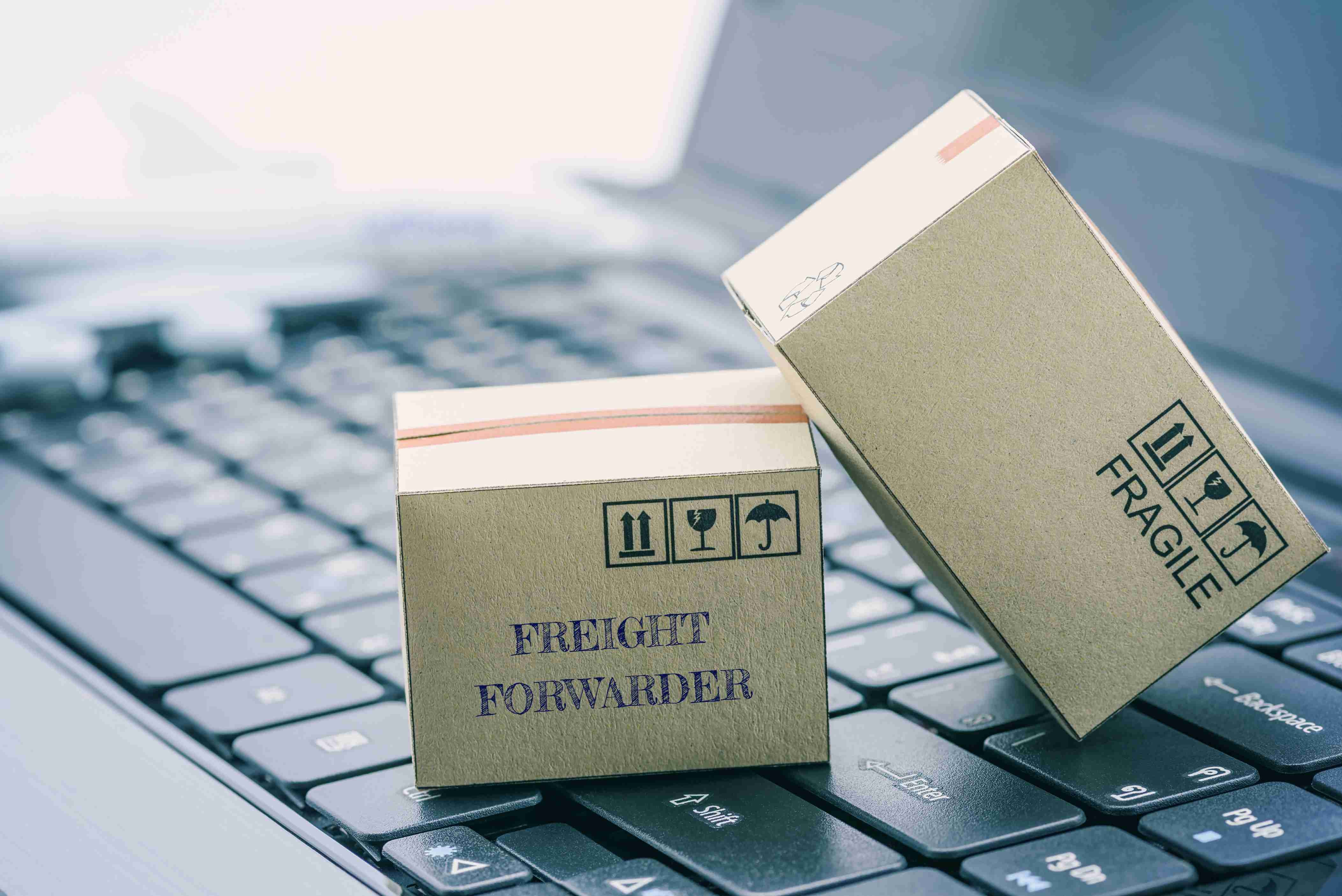
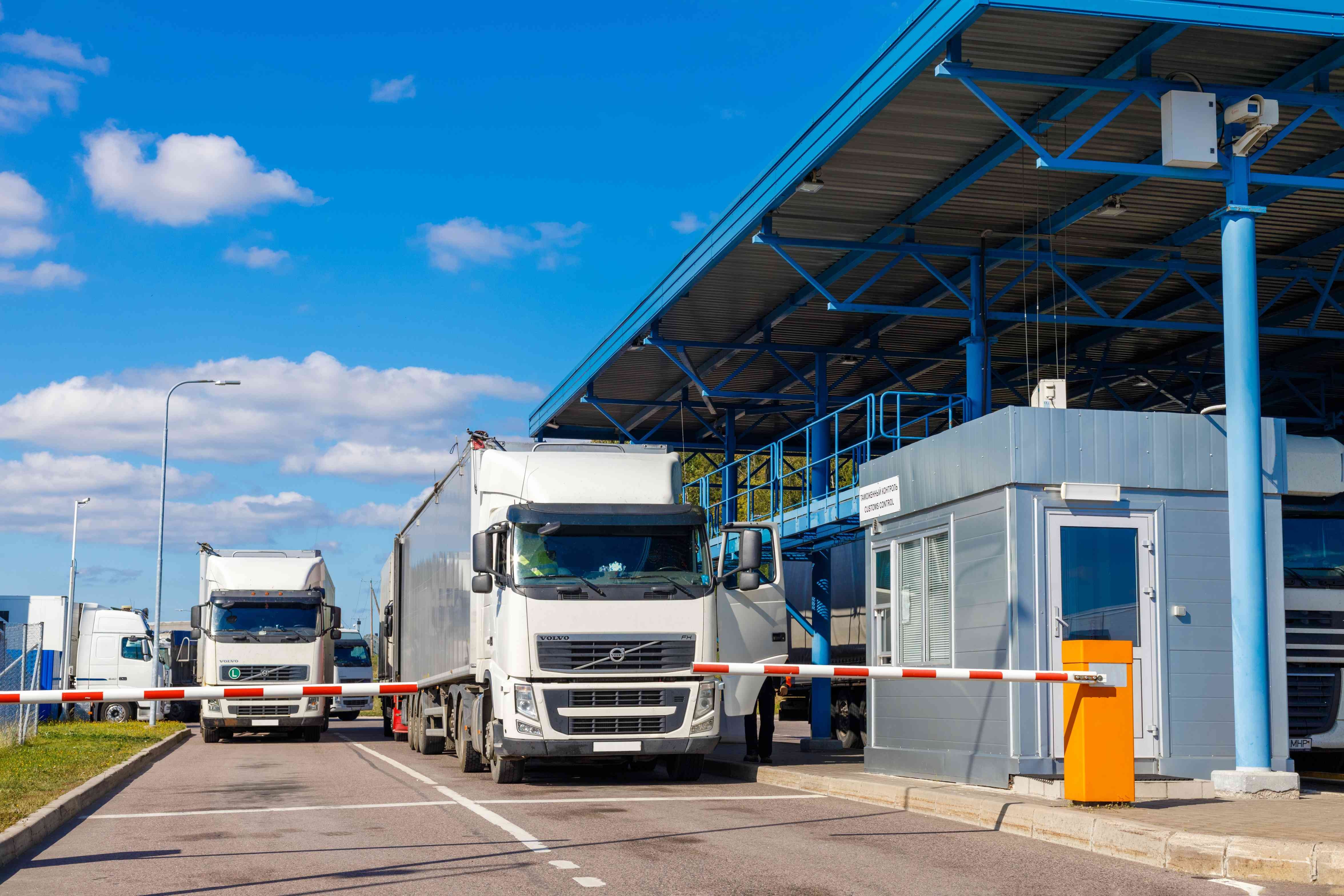
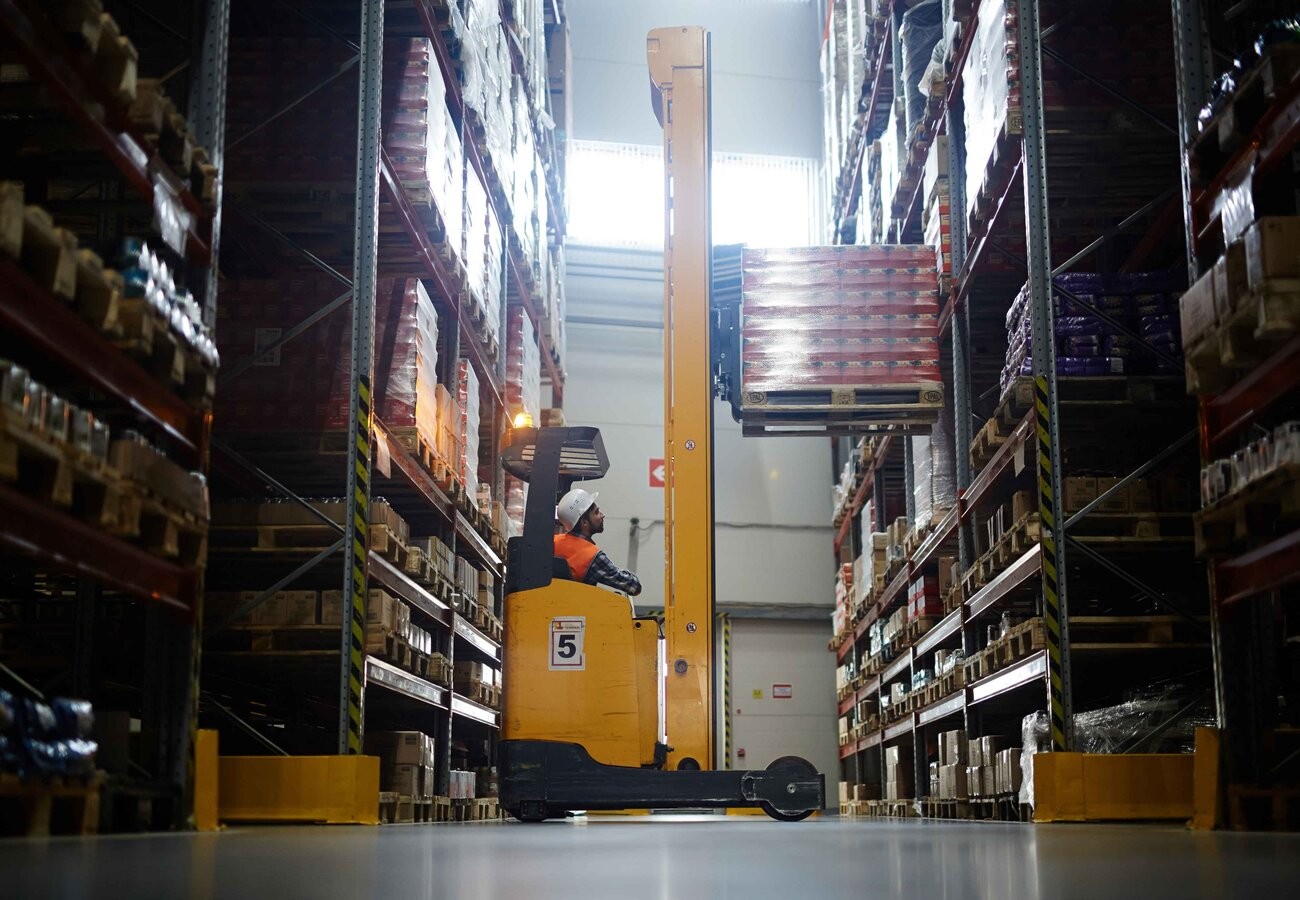
64ef6d522bd5d.jpg)
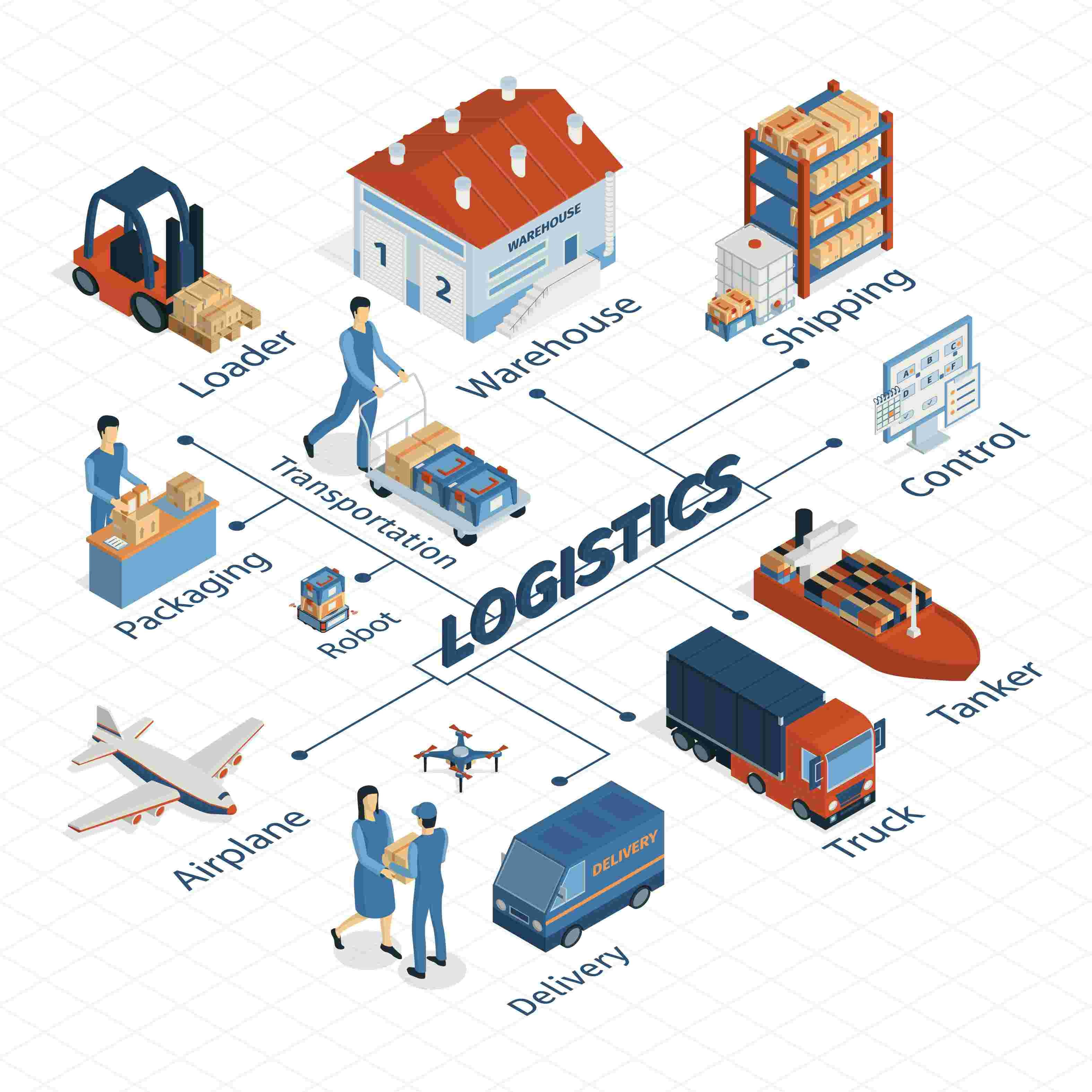
64a477953e86e.jpg)
643ff0cfeaf4e.jpg)
63fcb9023ba5f.jpg)
63d94f83c4432.jpg)
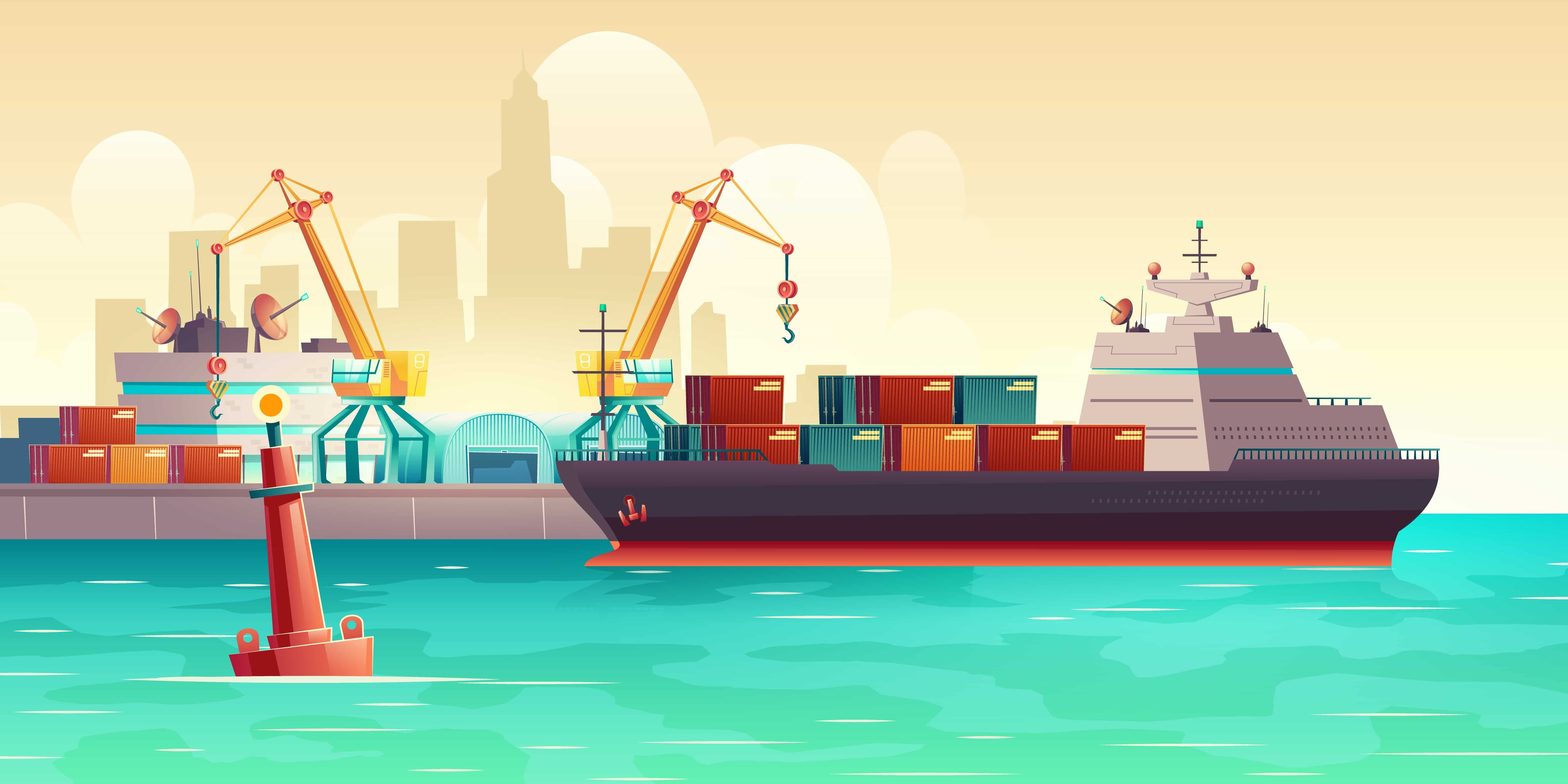

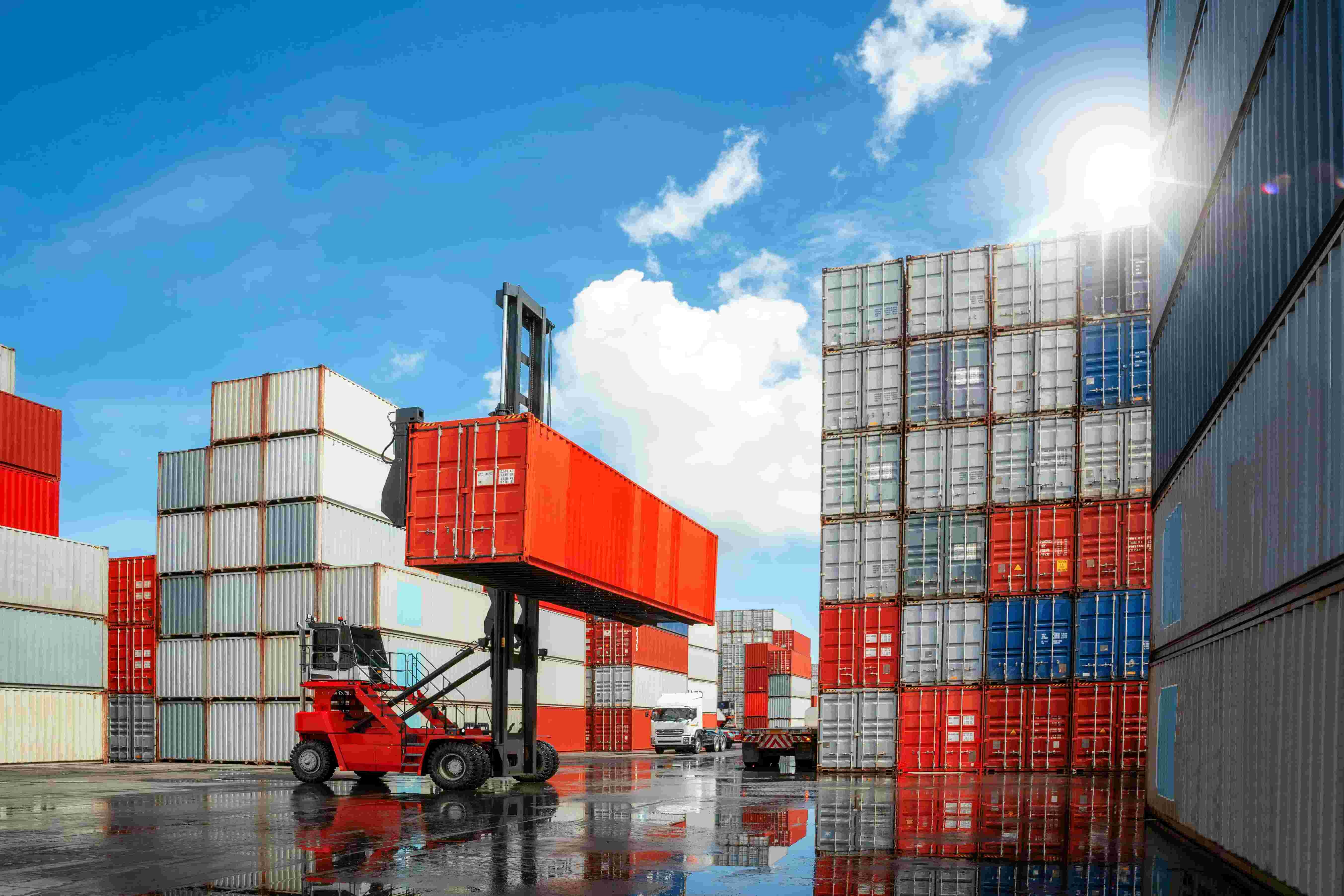
637611972635b.jpg)

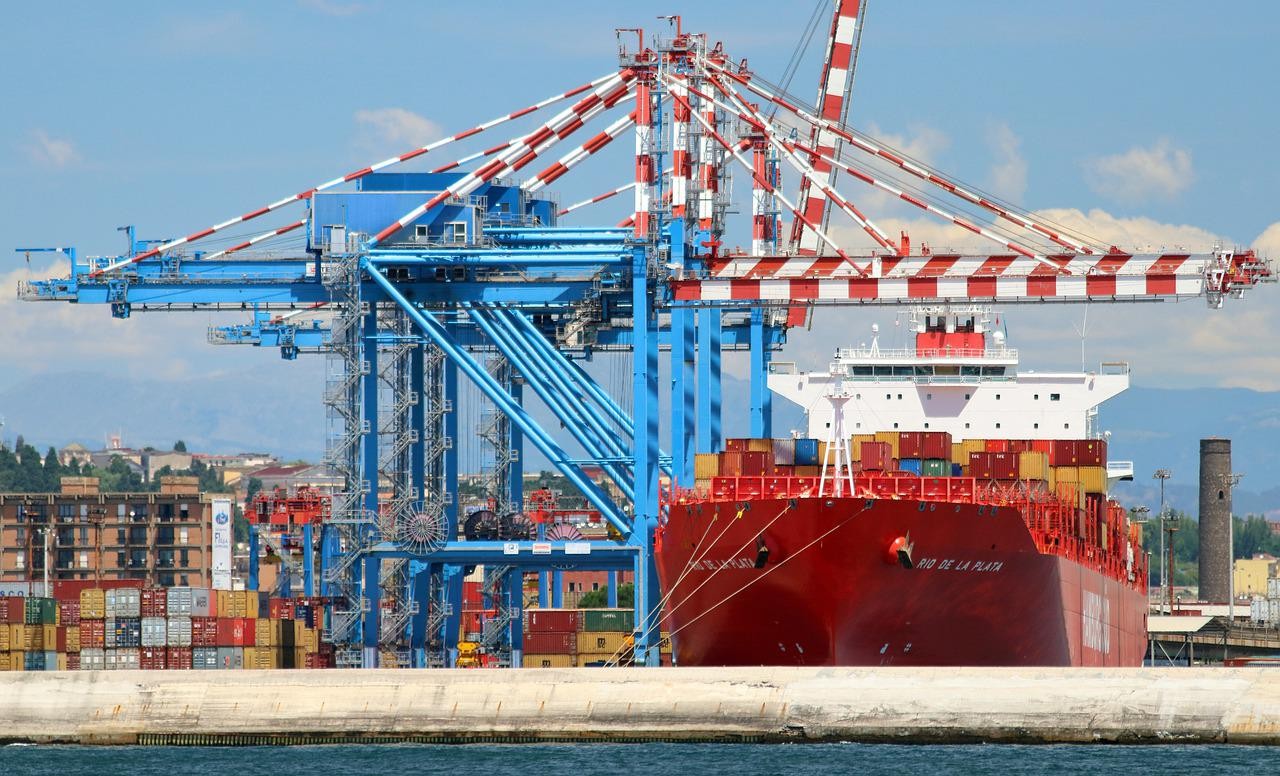

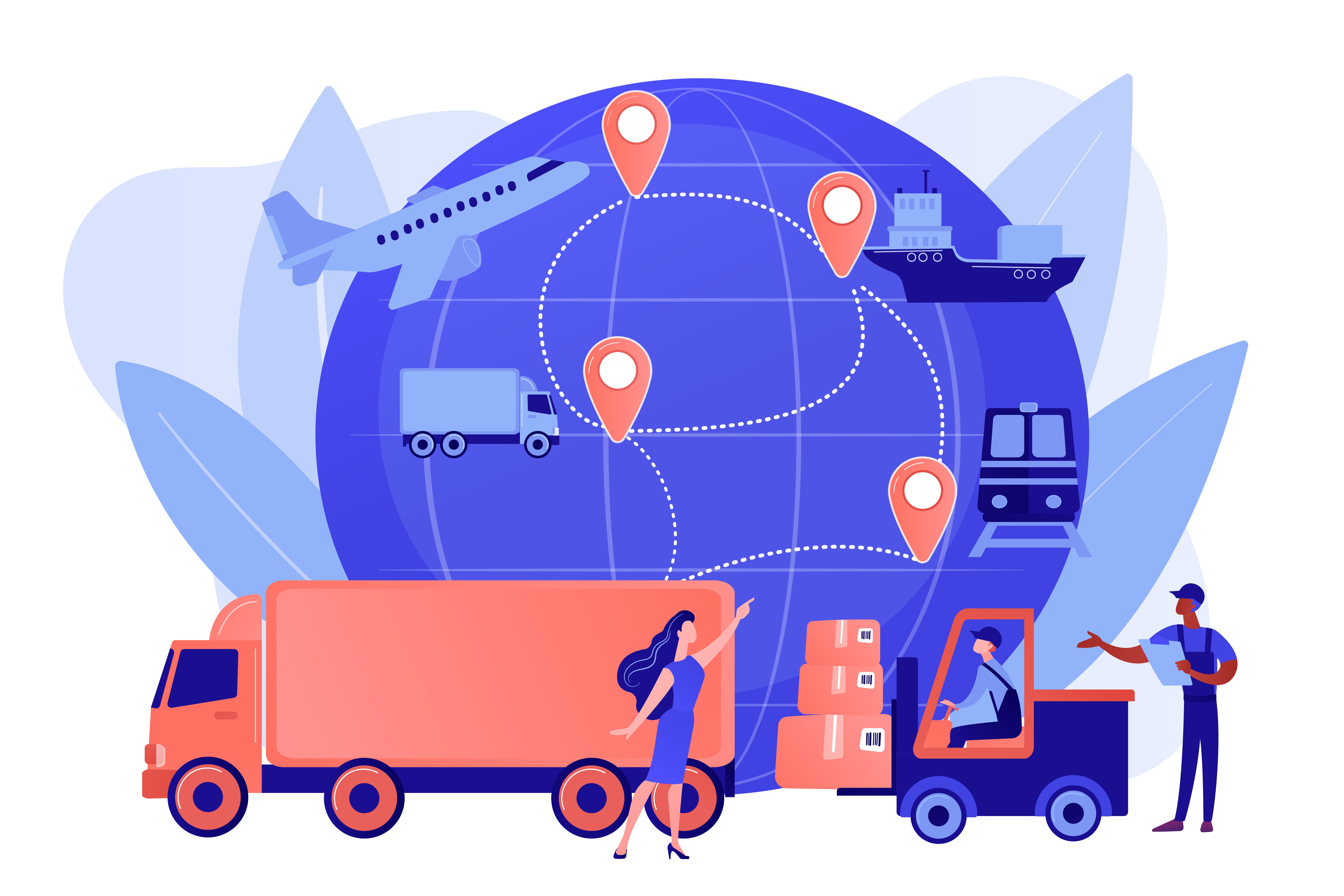
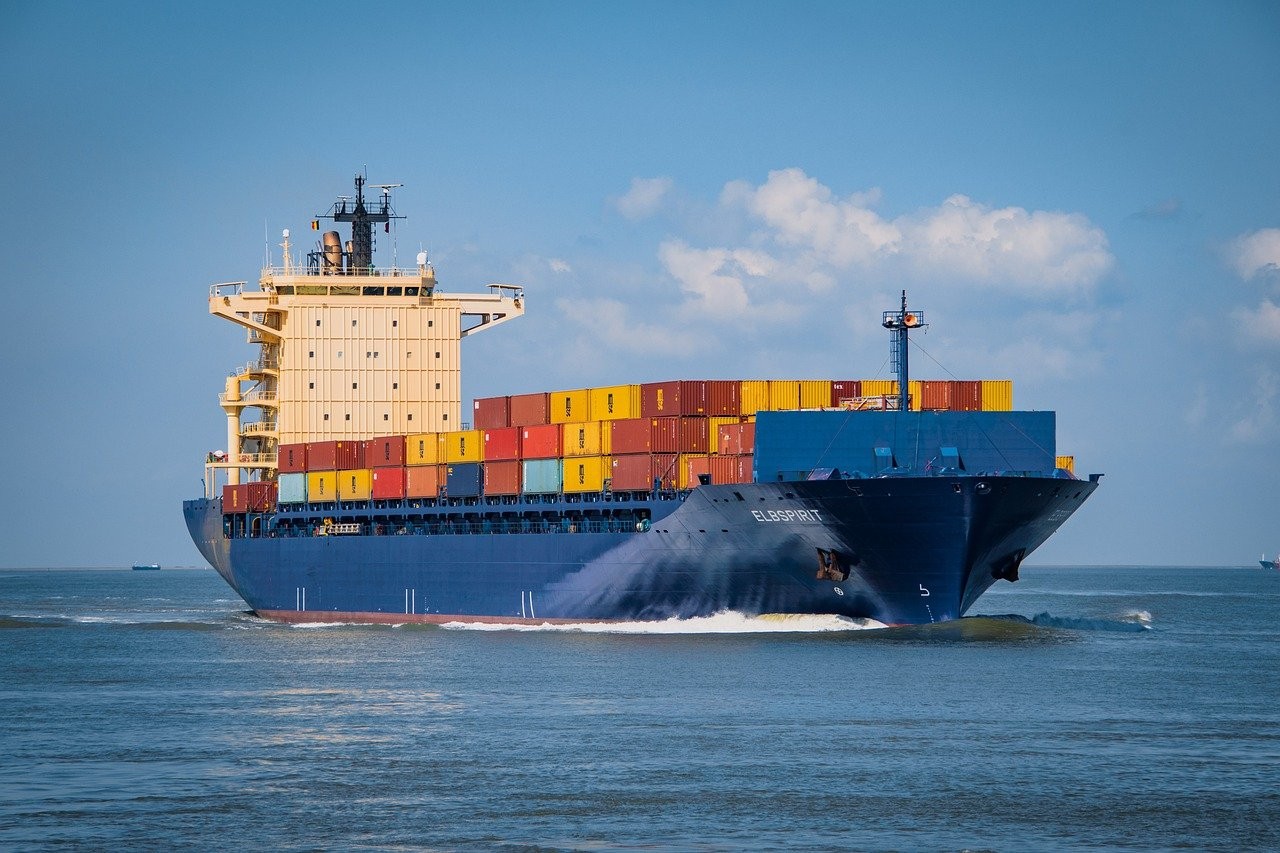
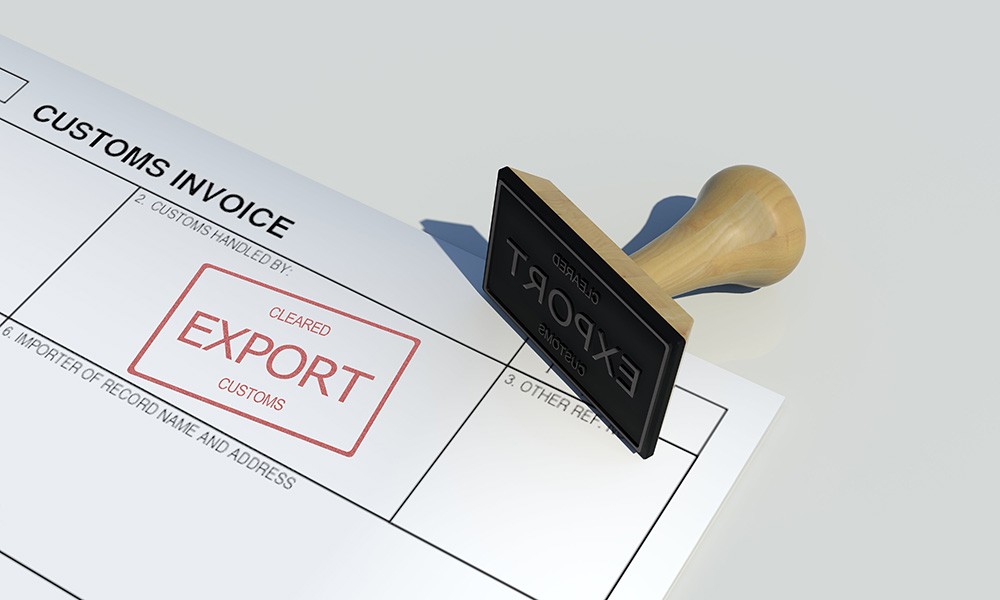
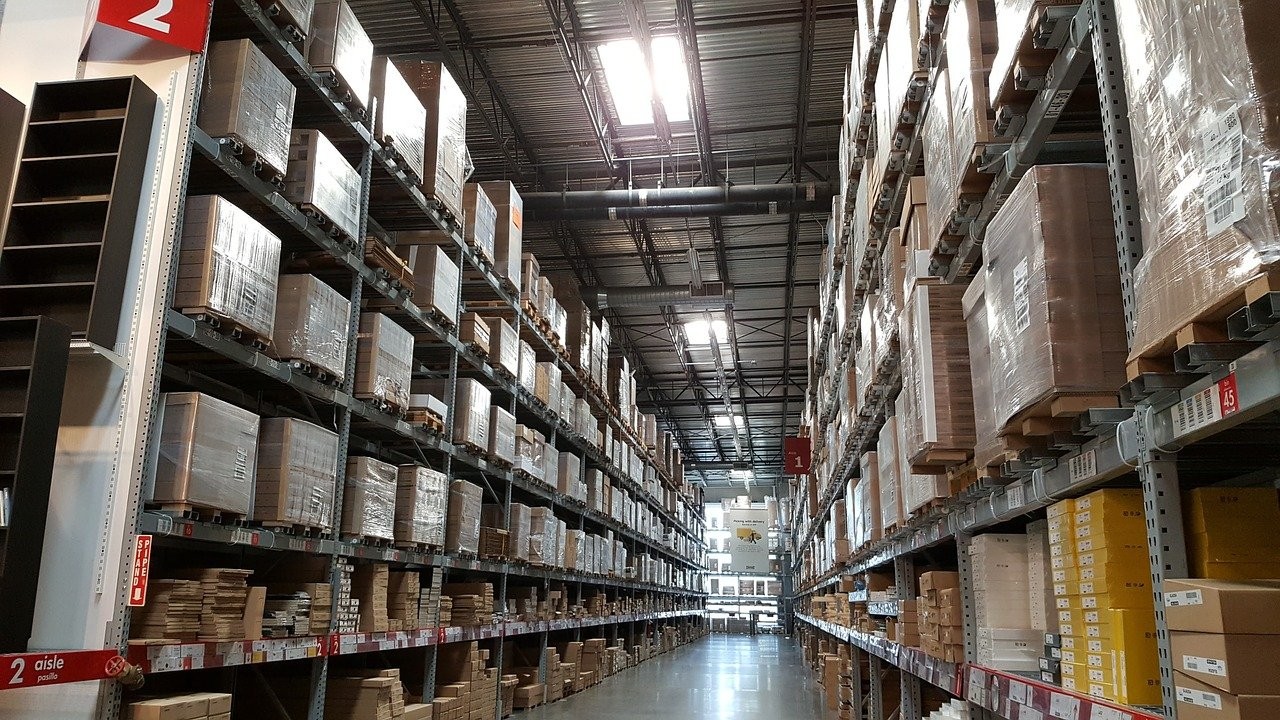
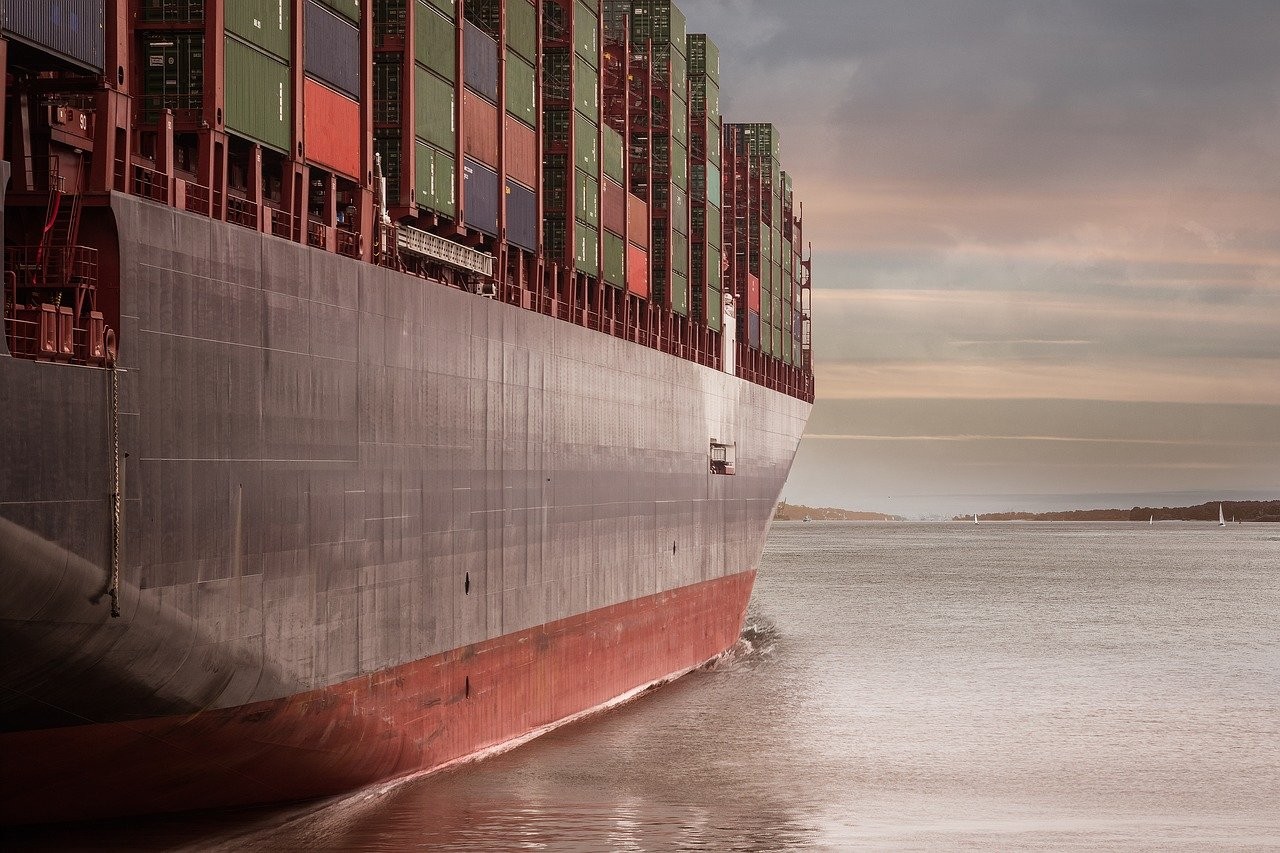
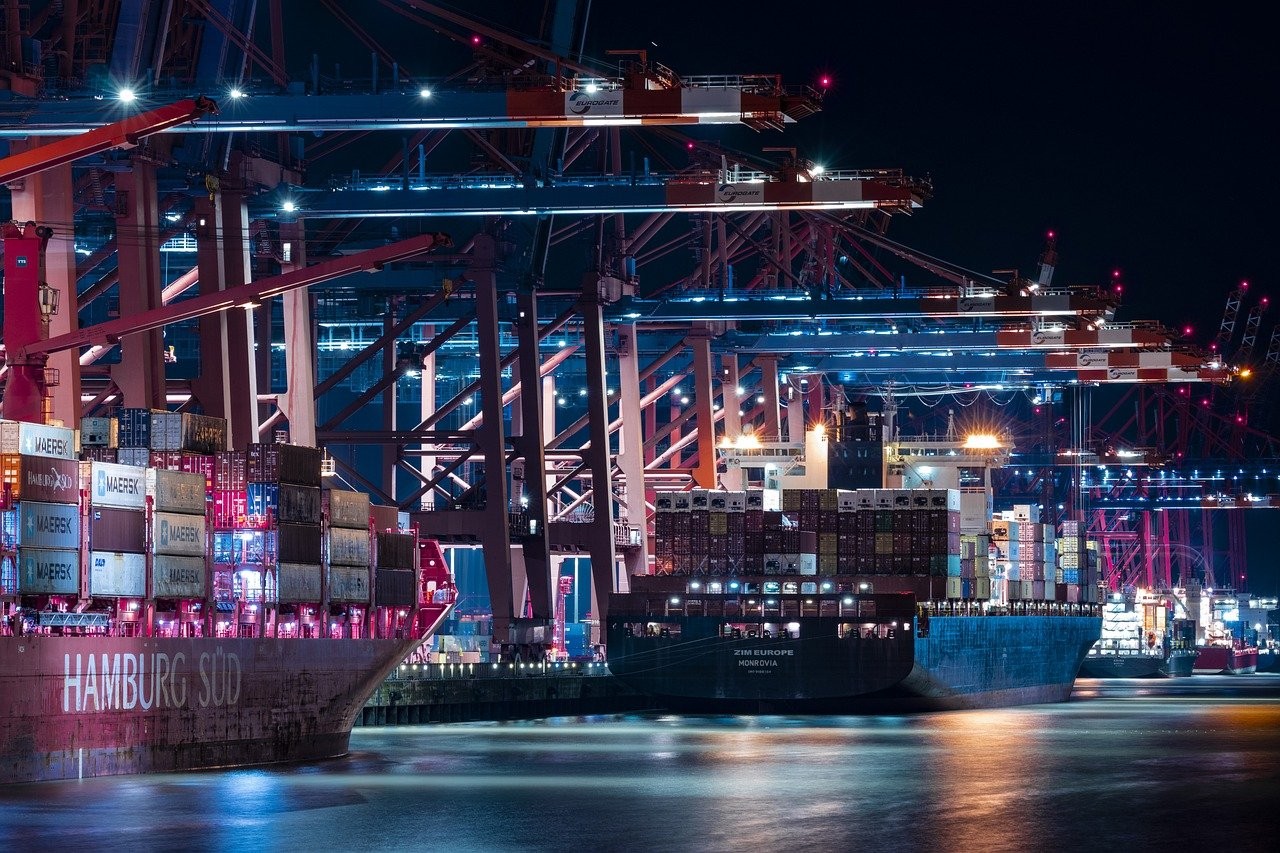
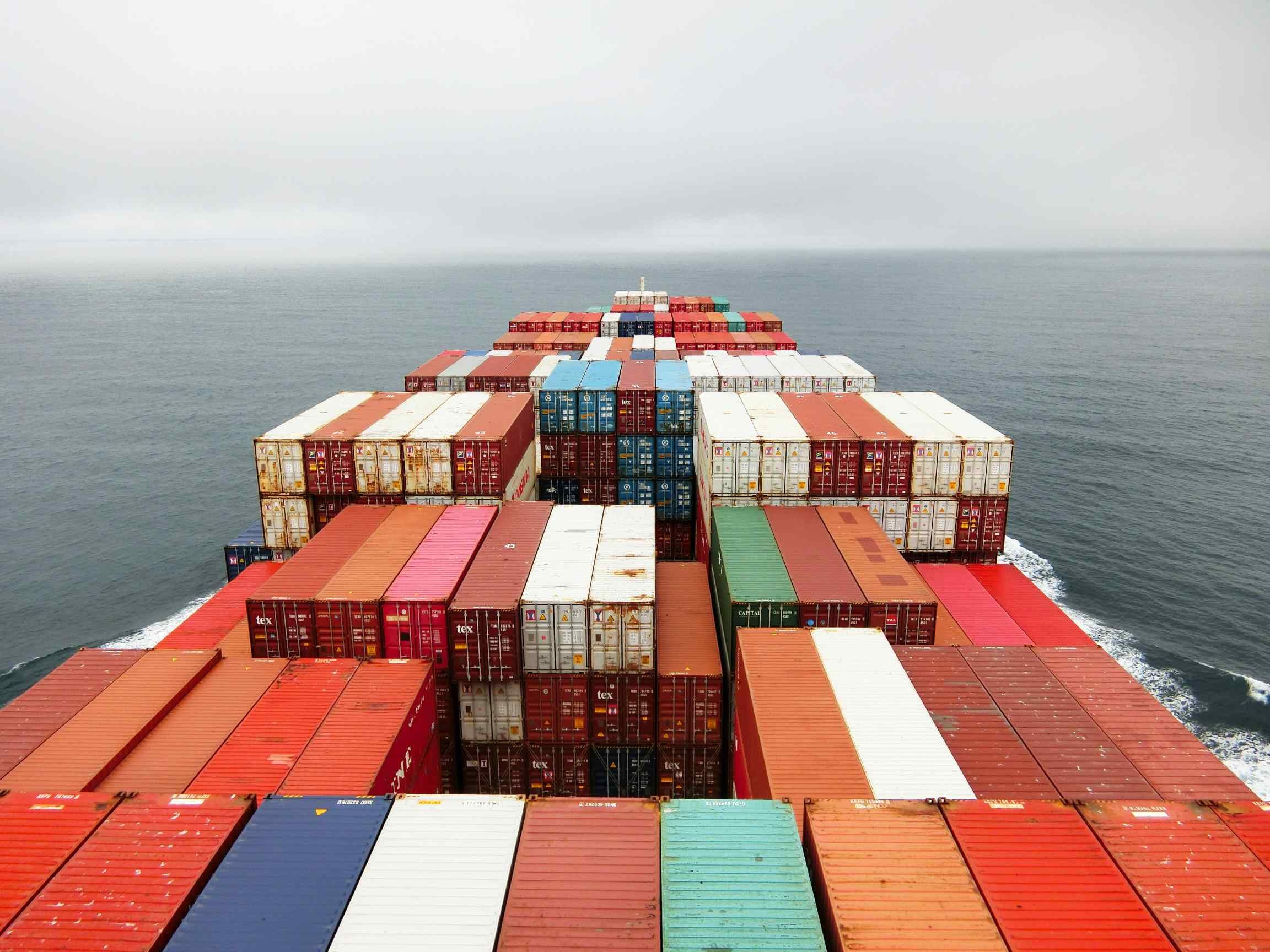
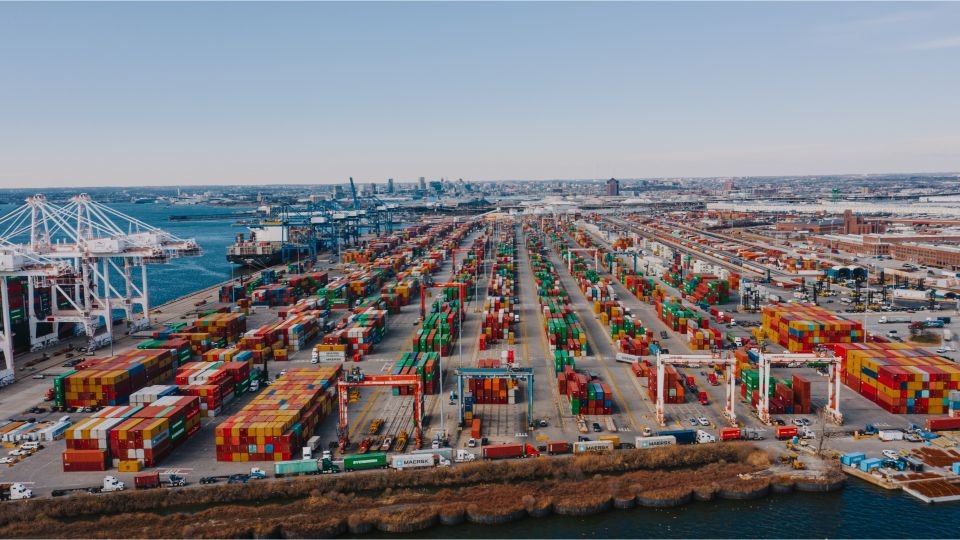

.png)